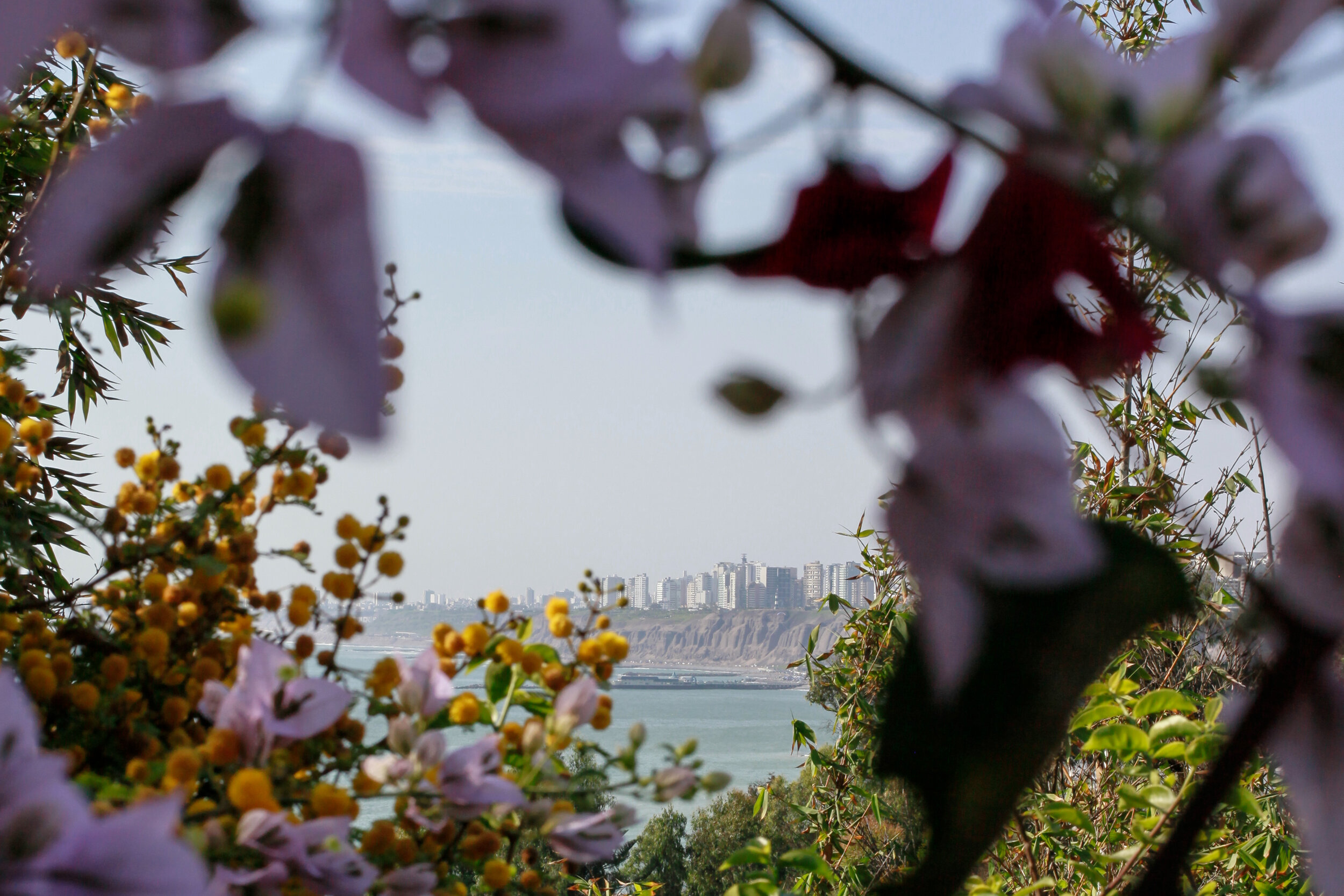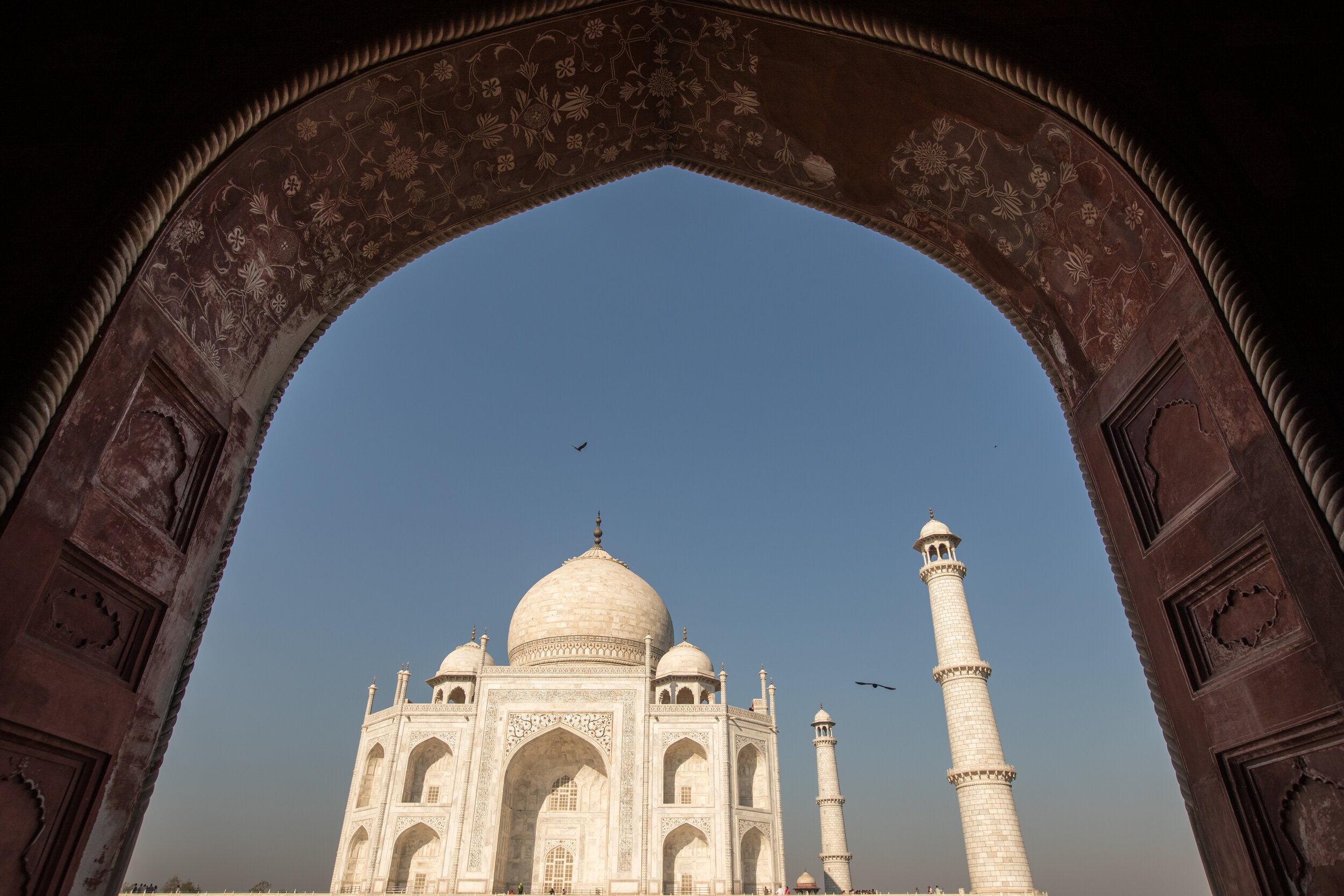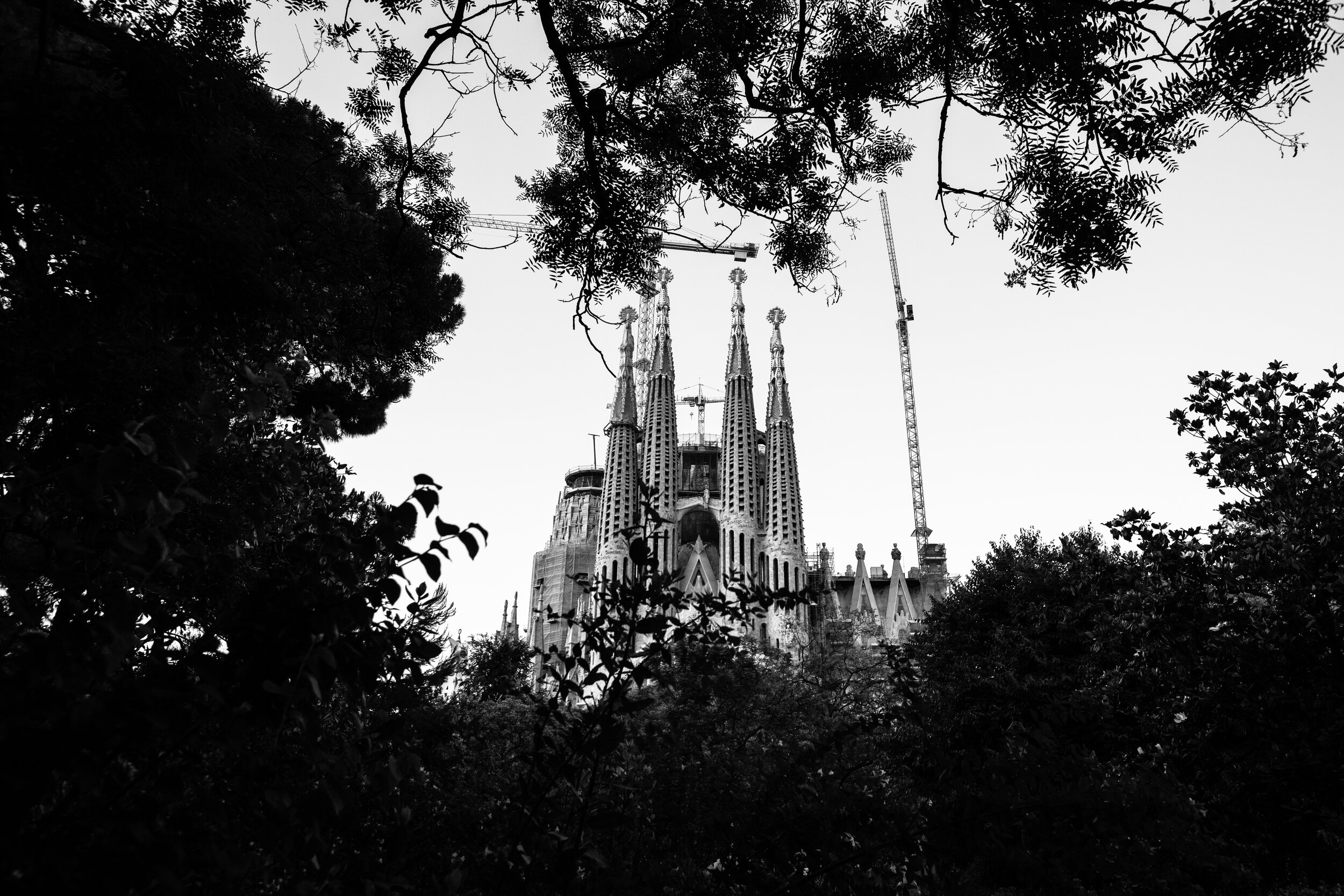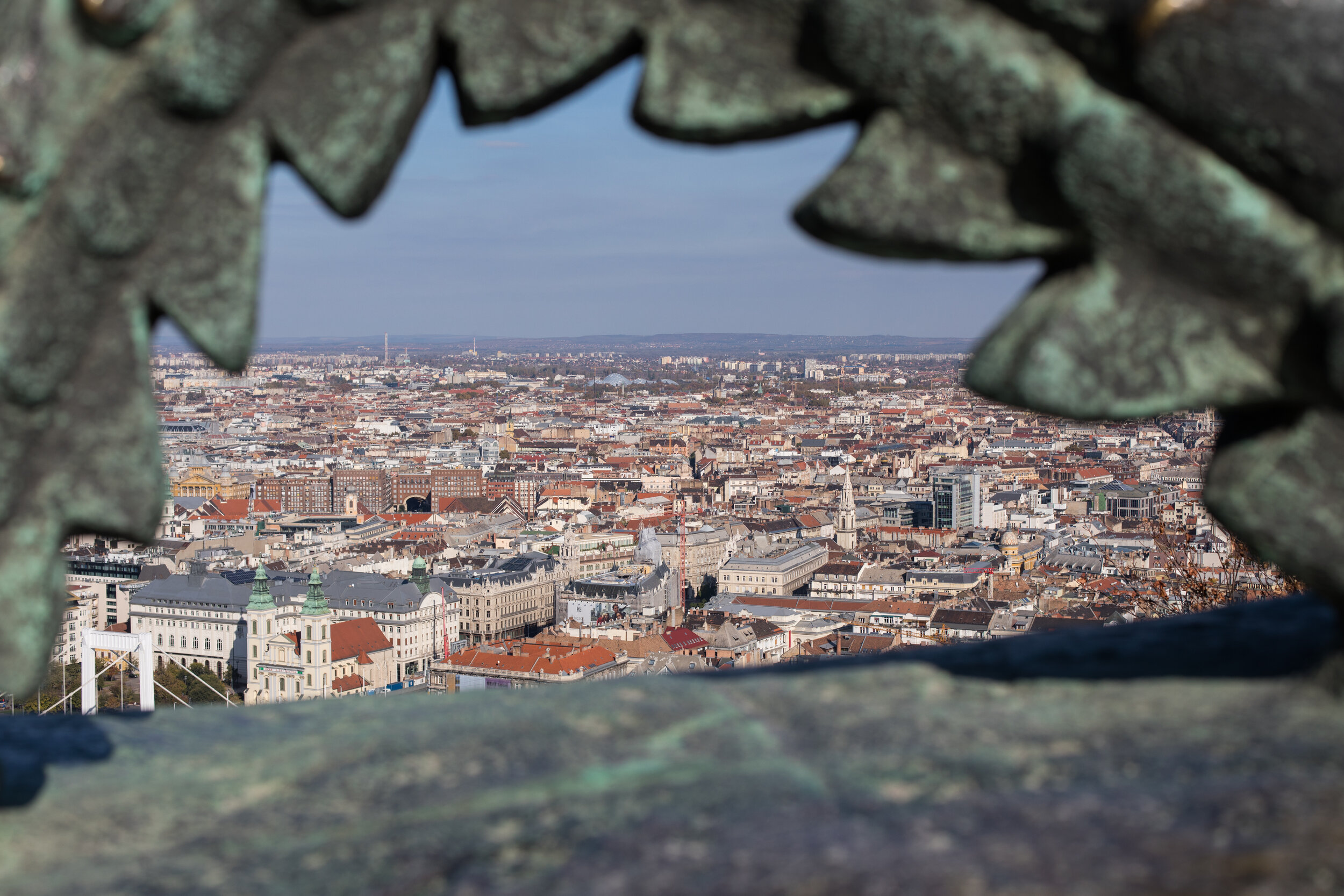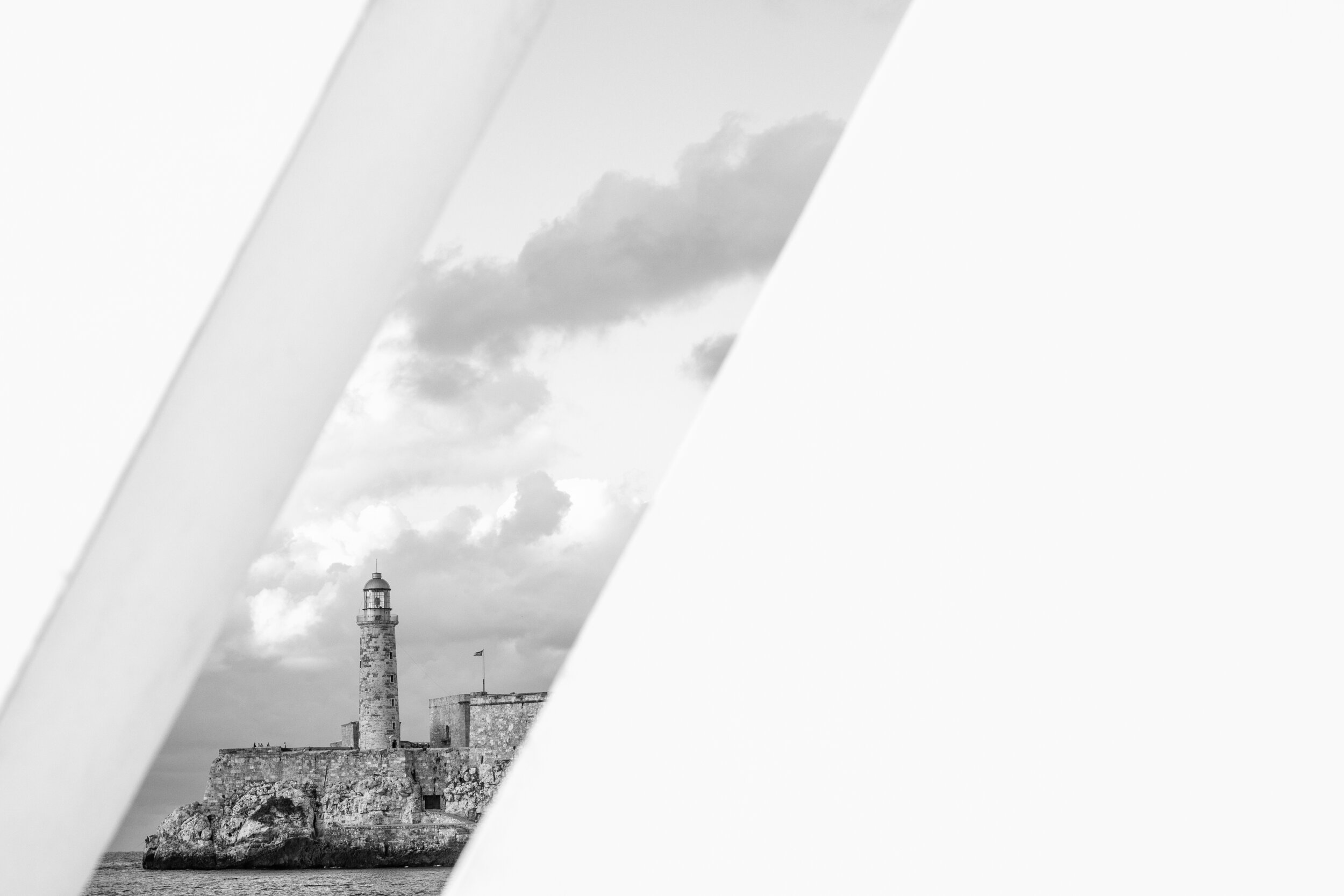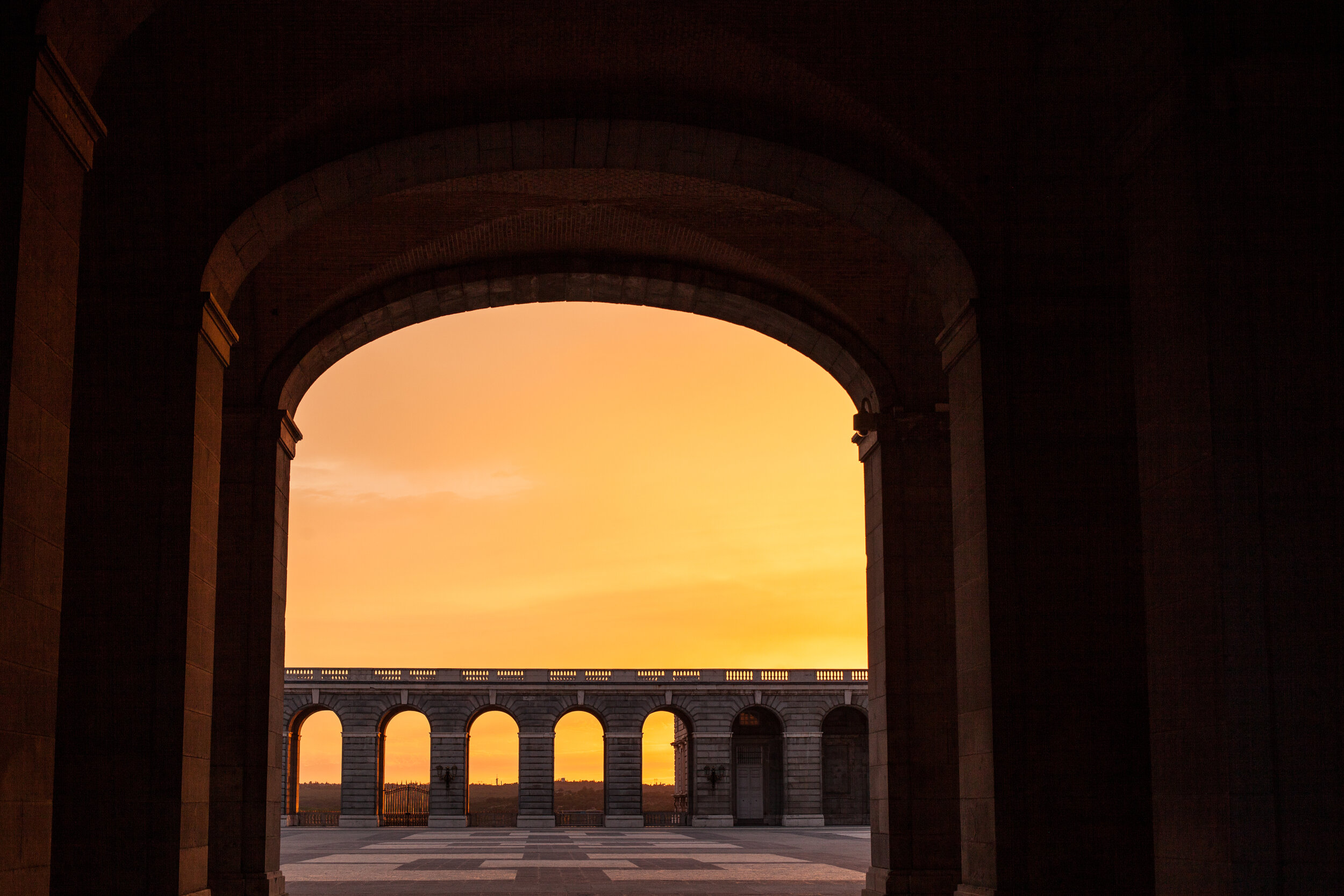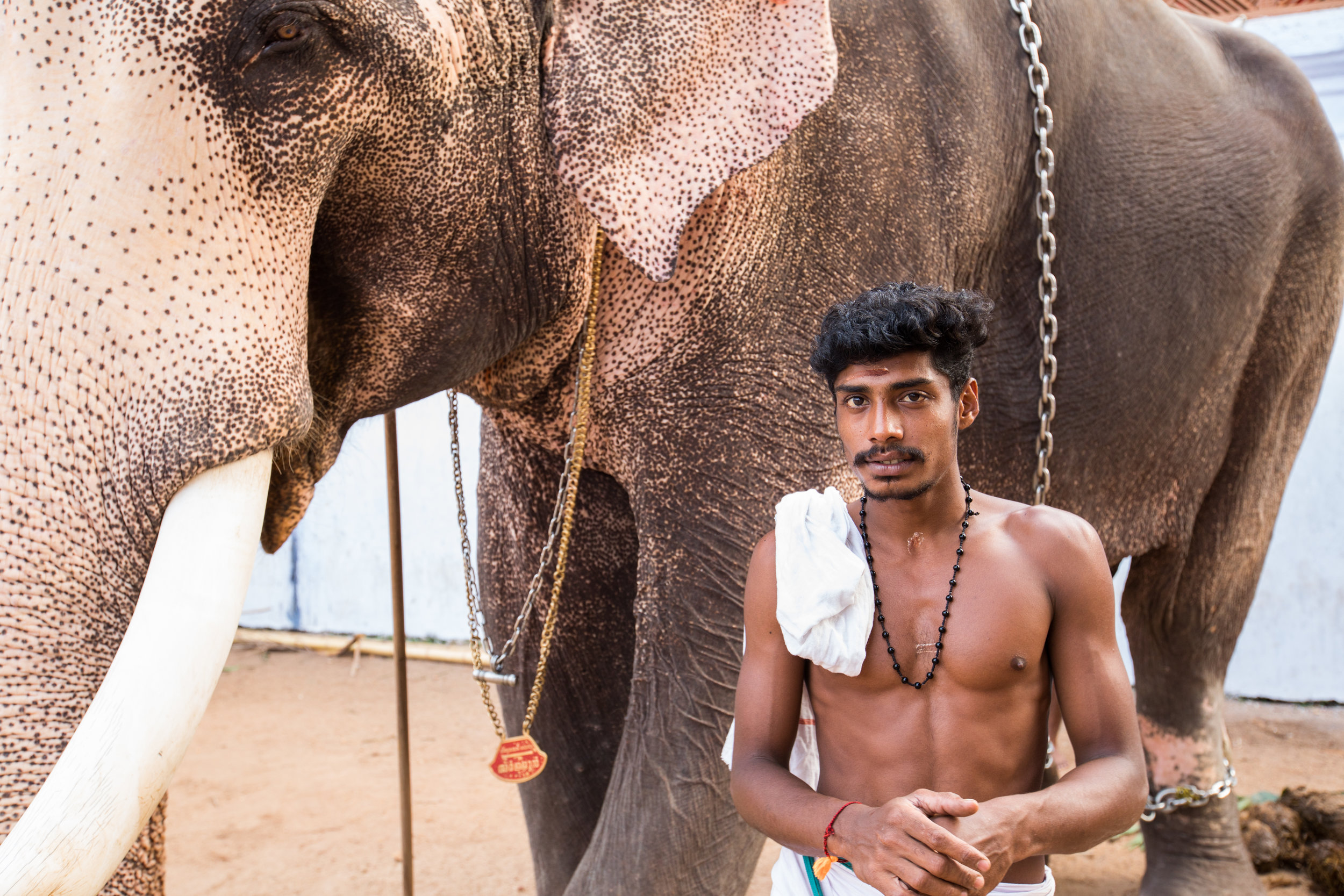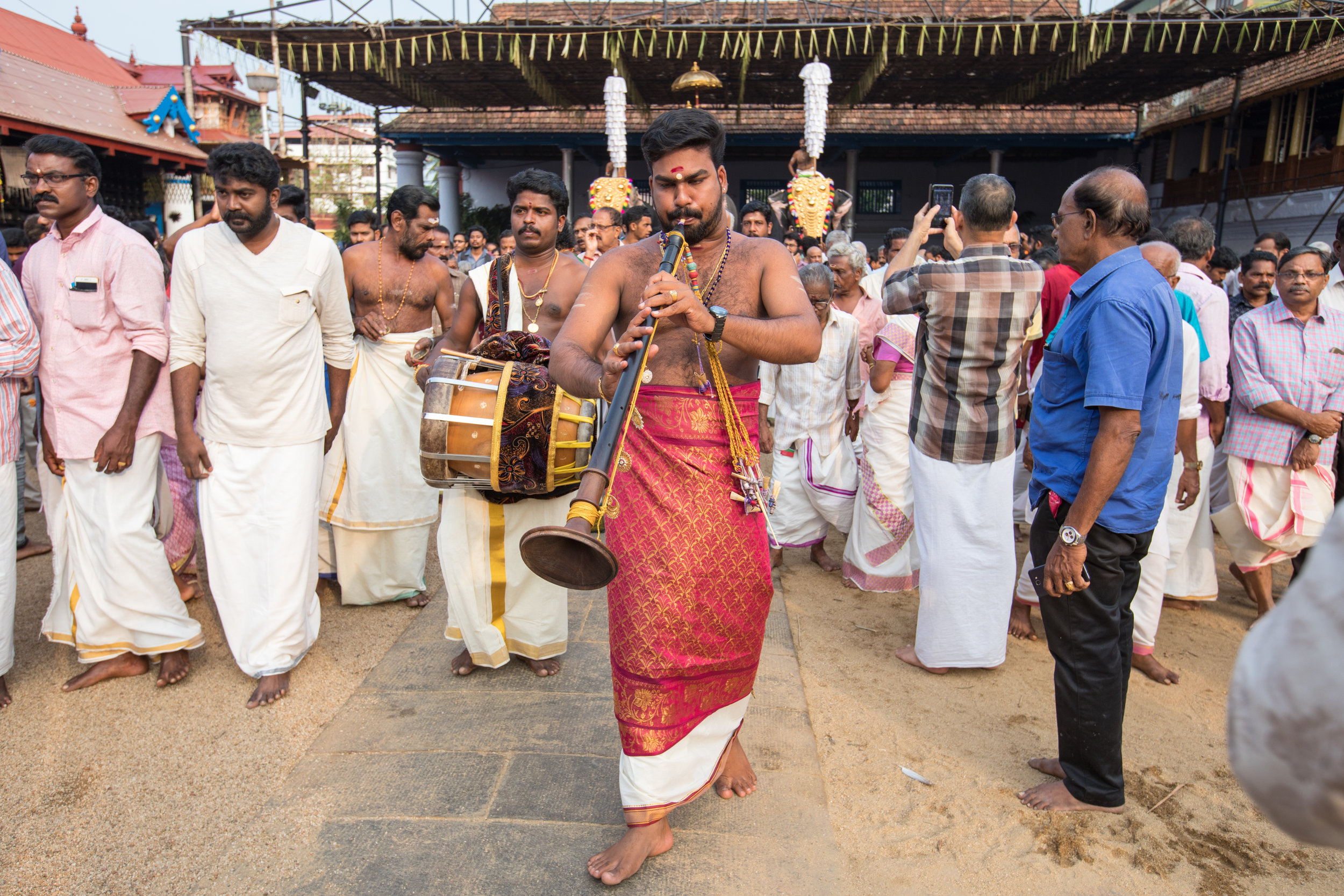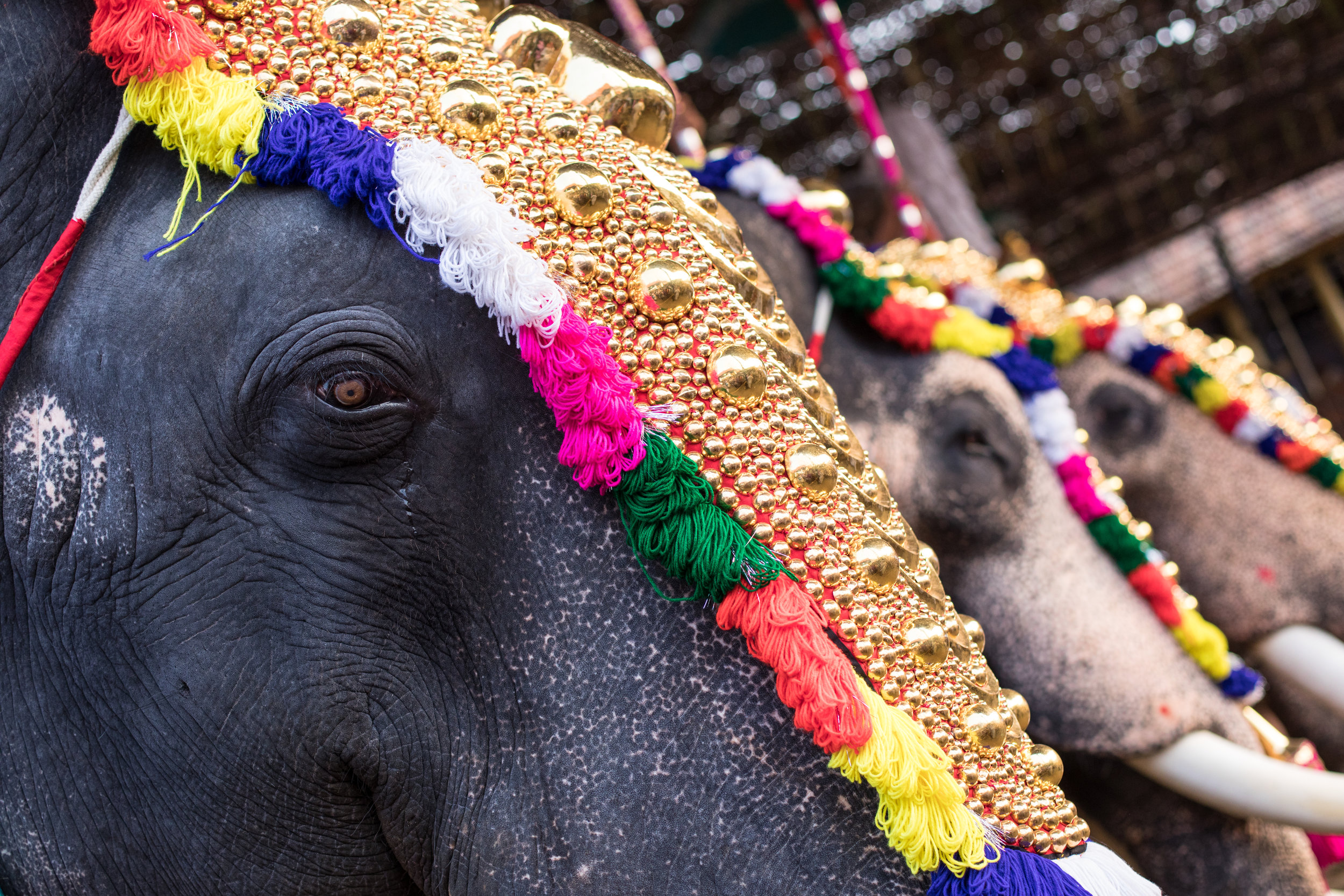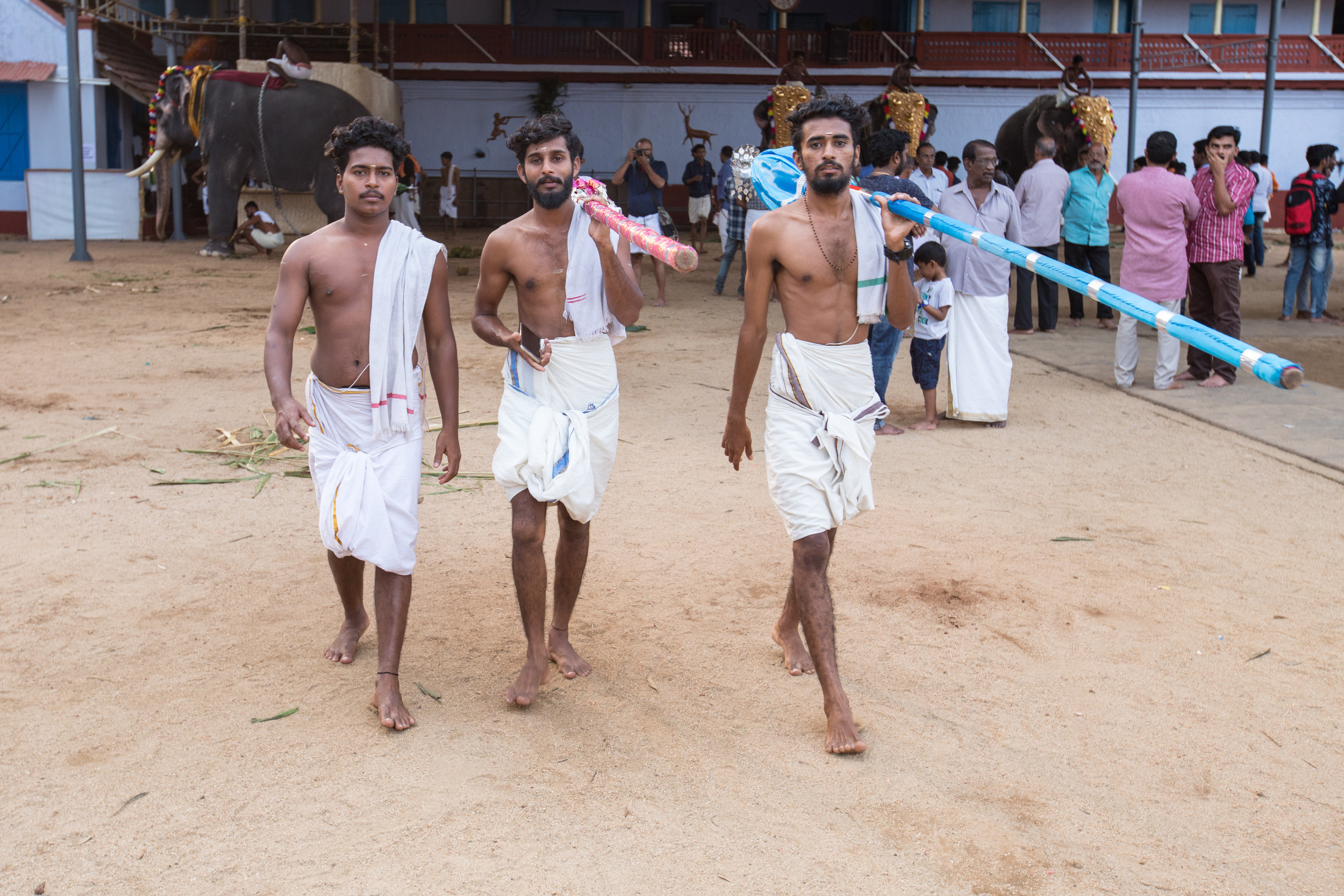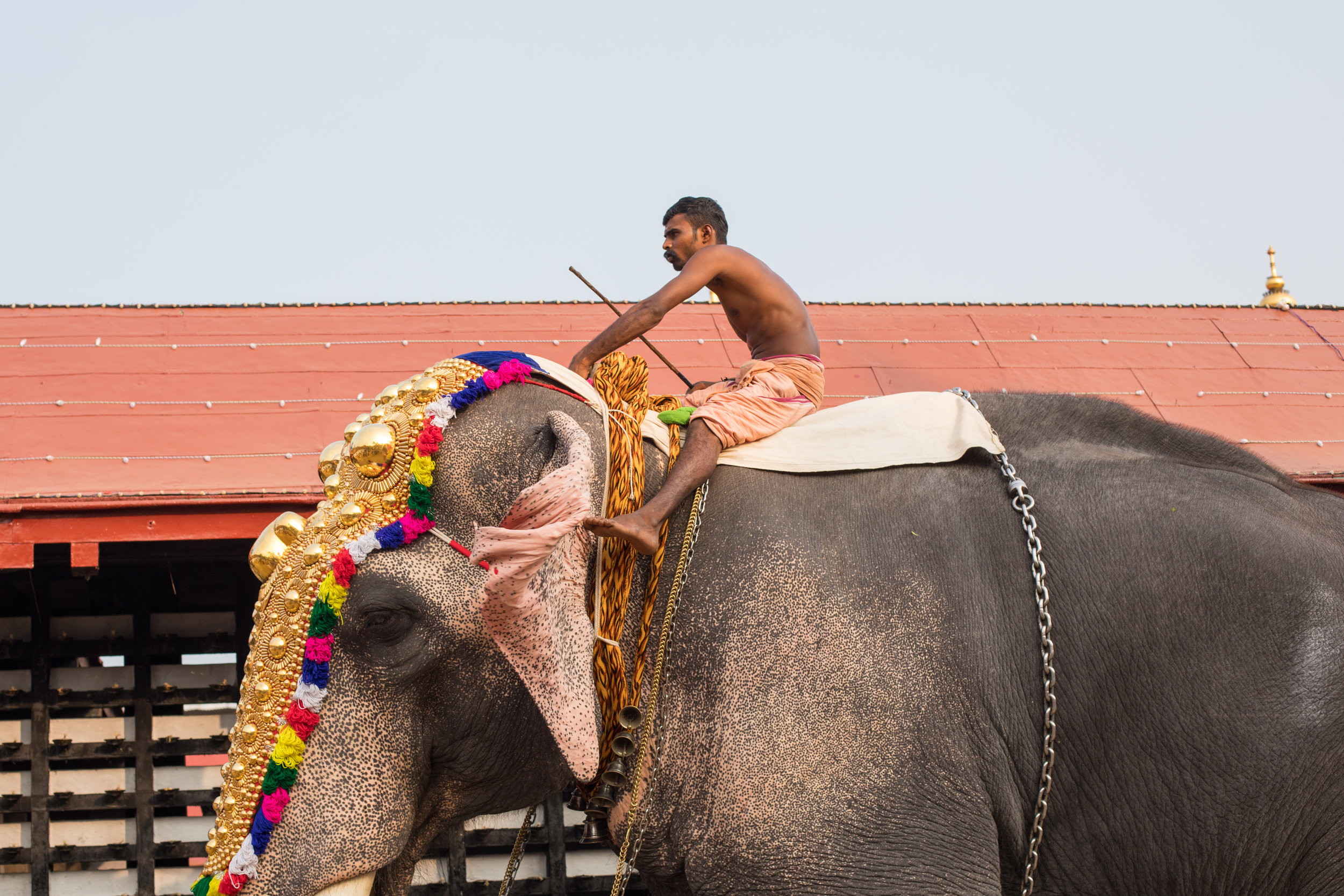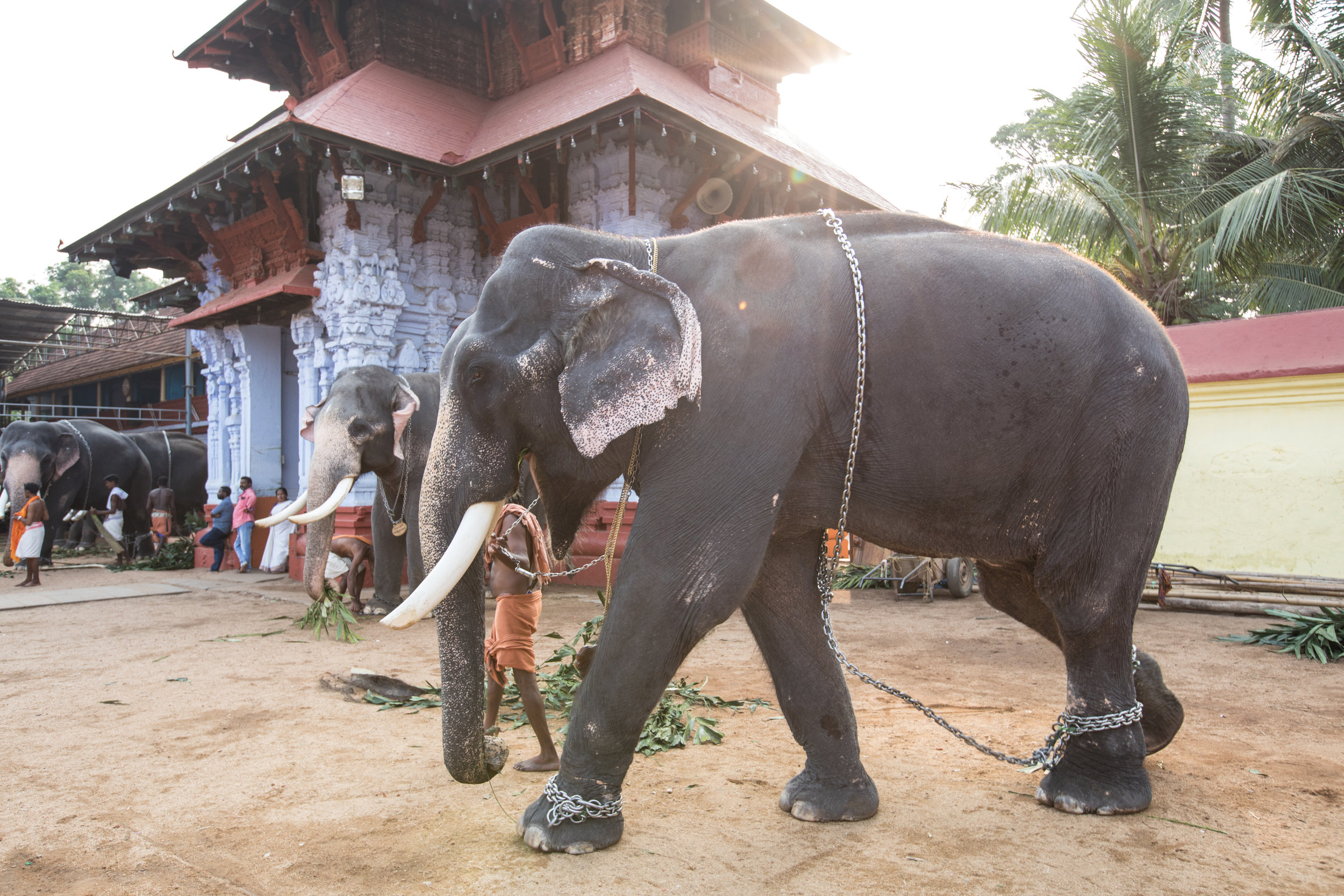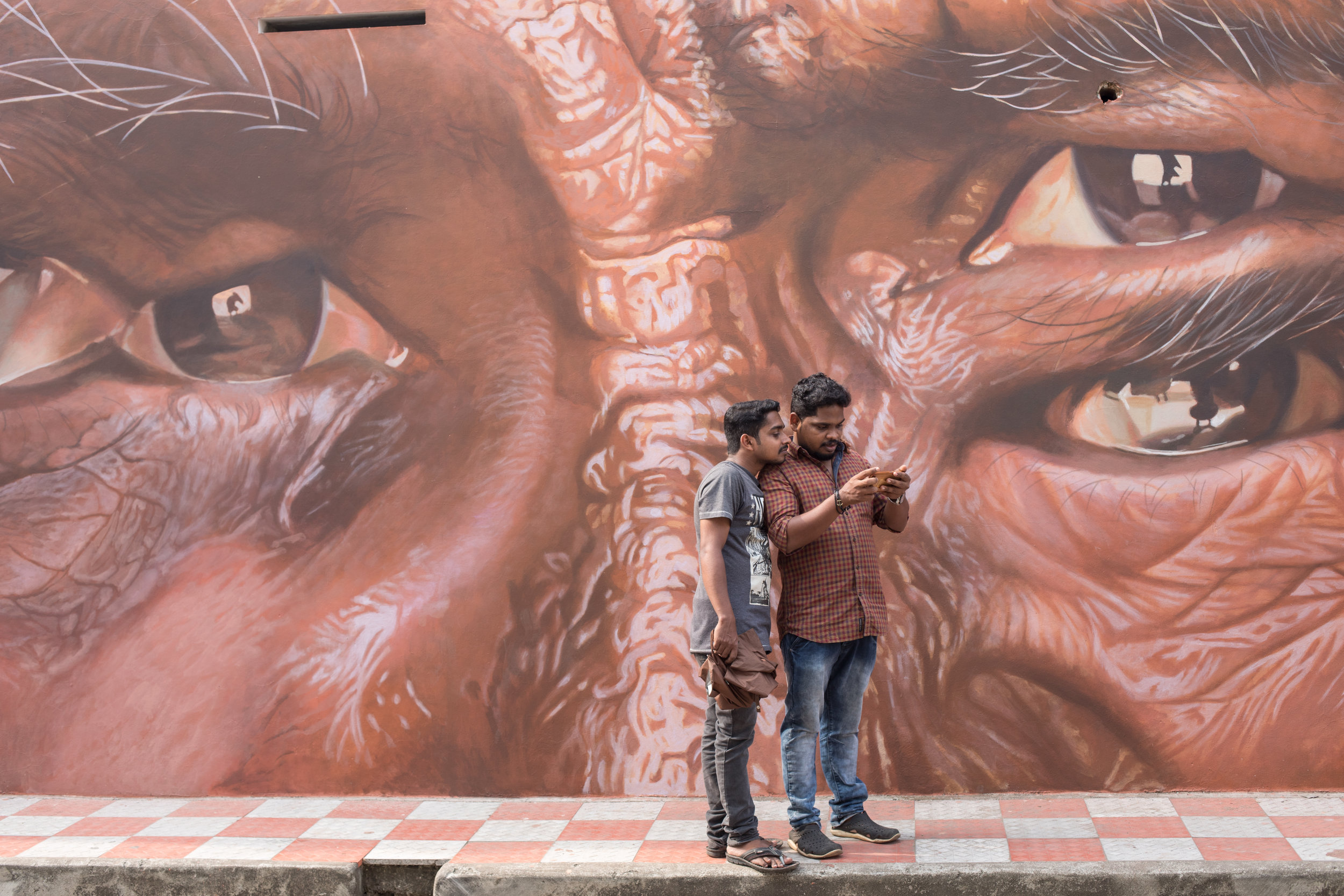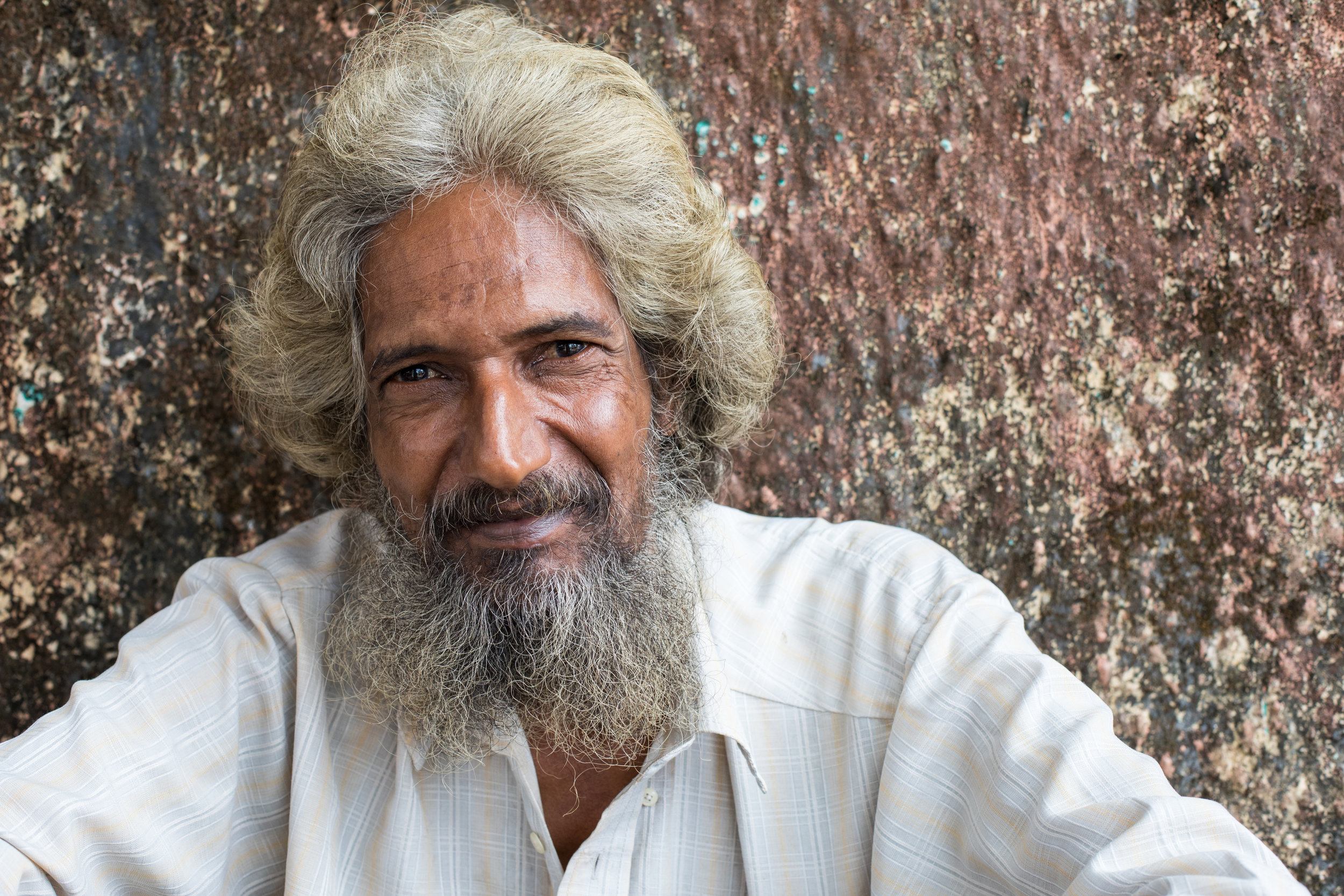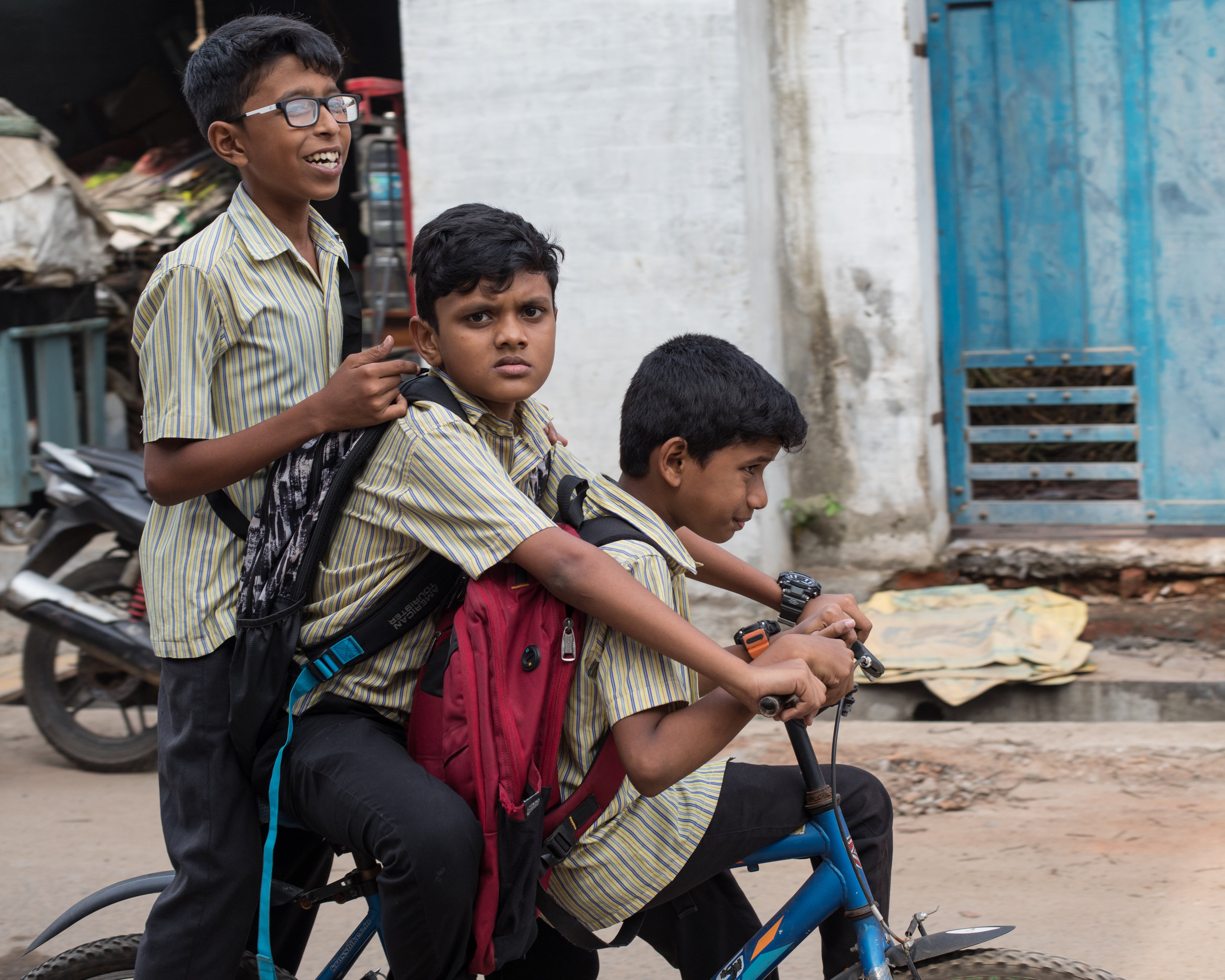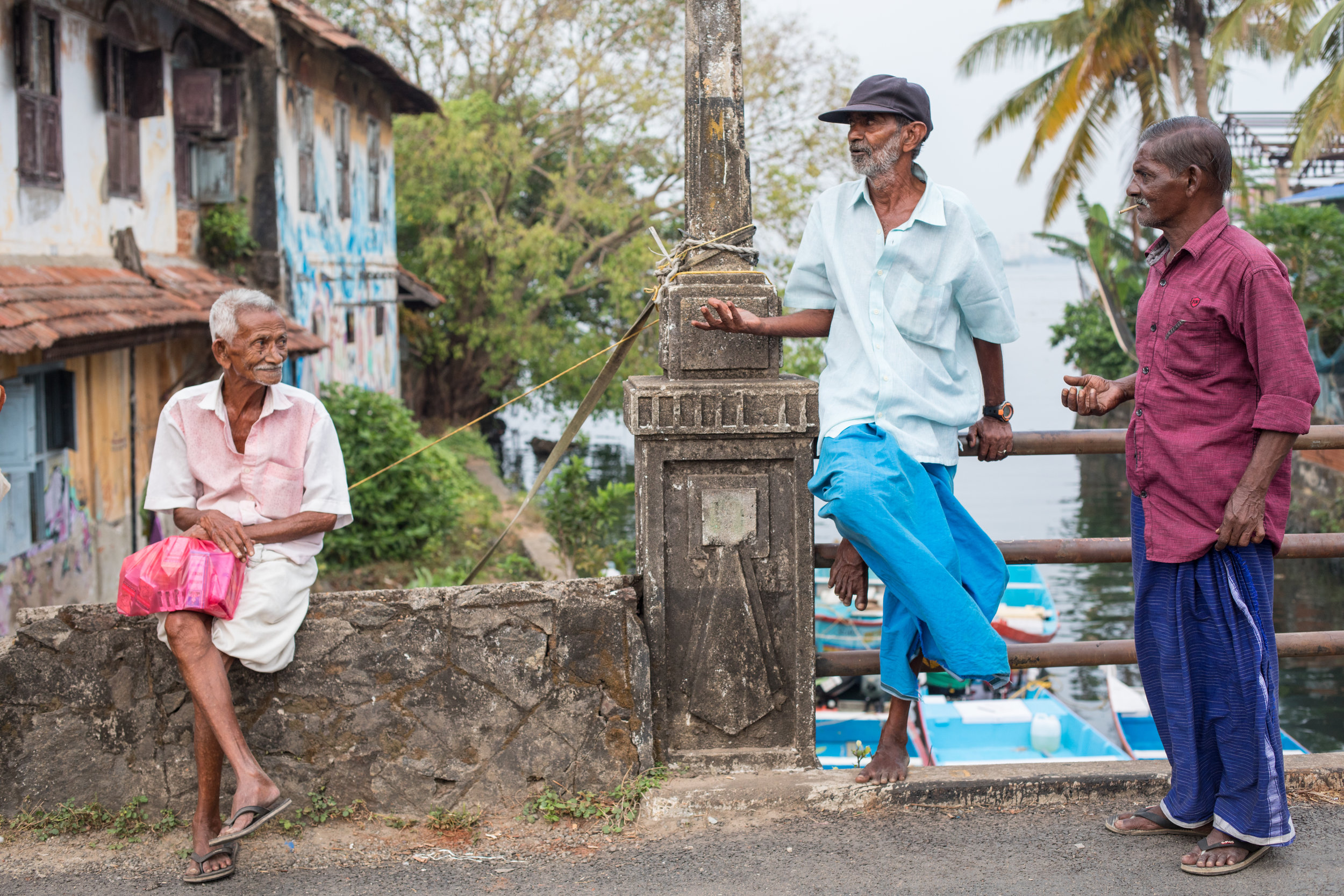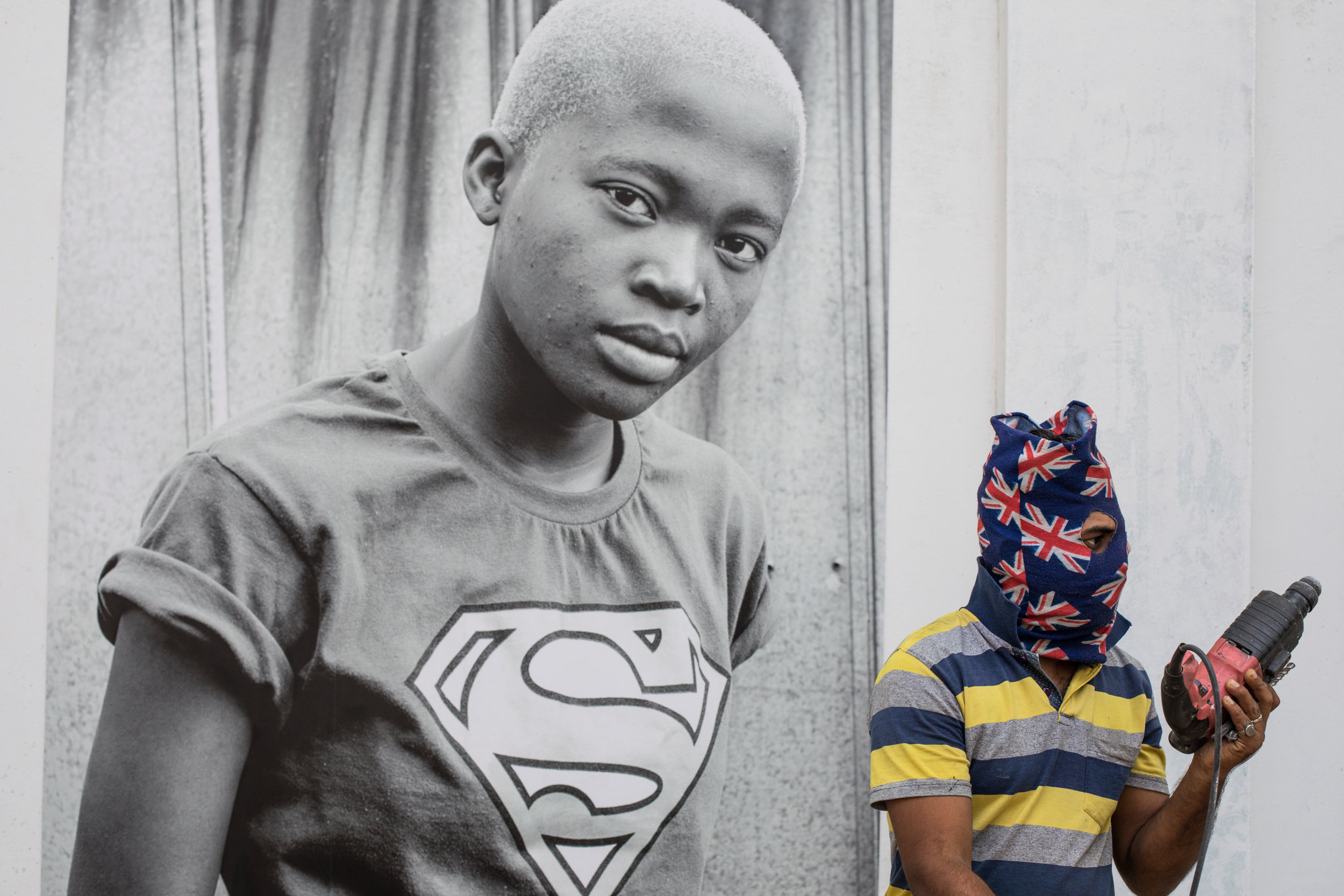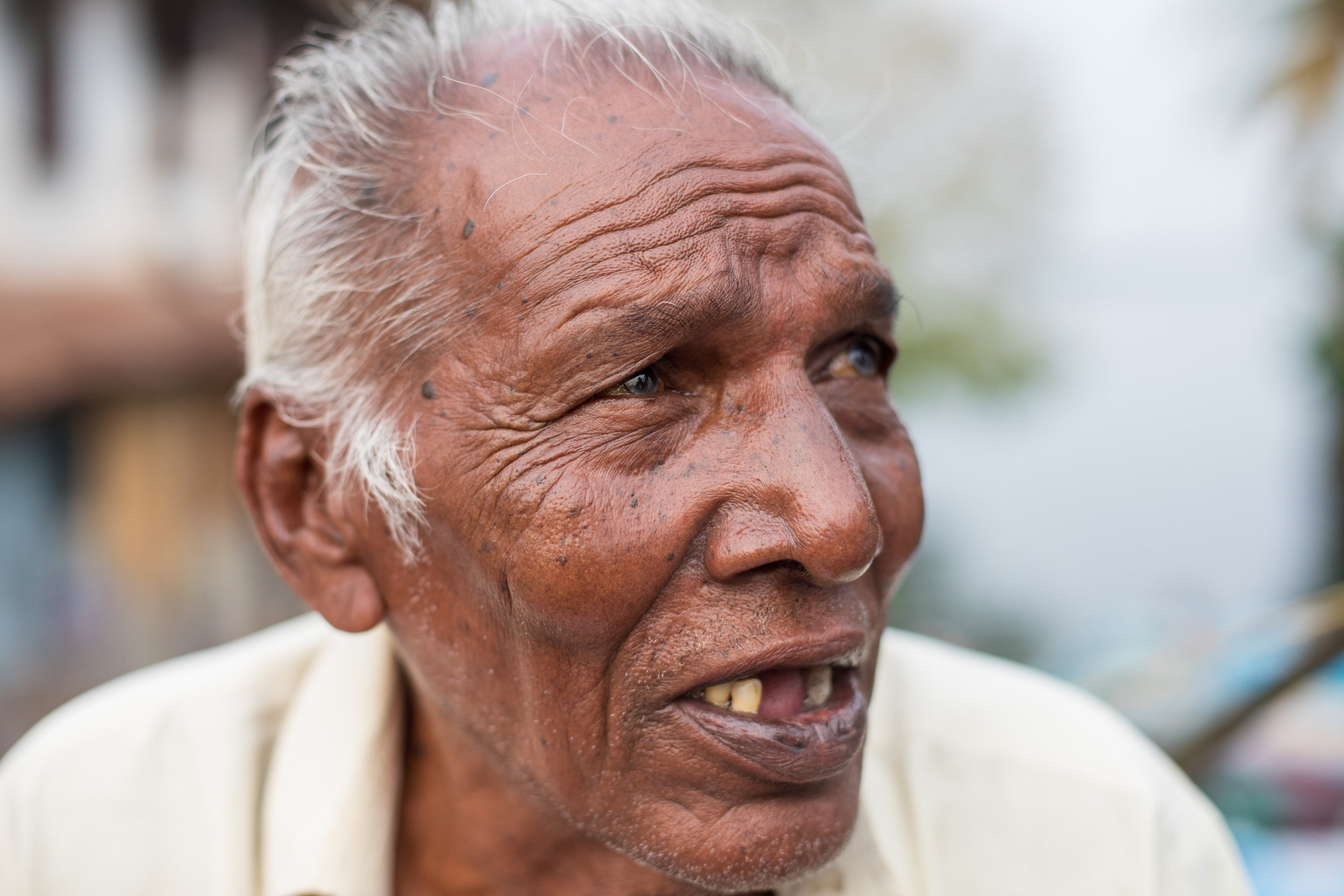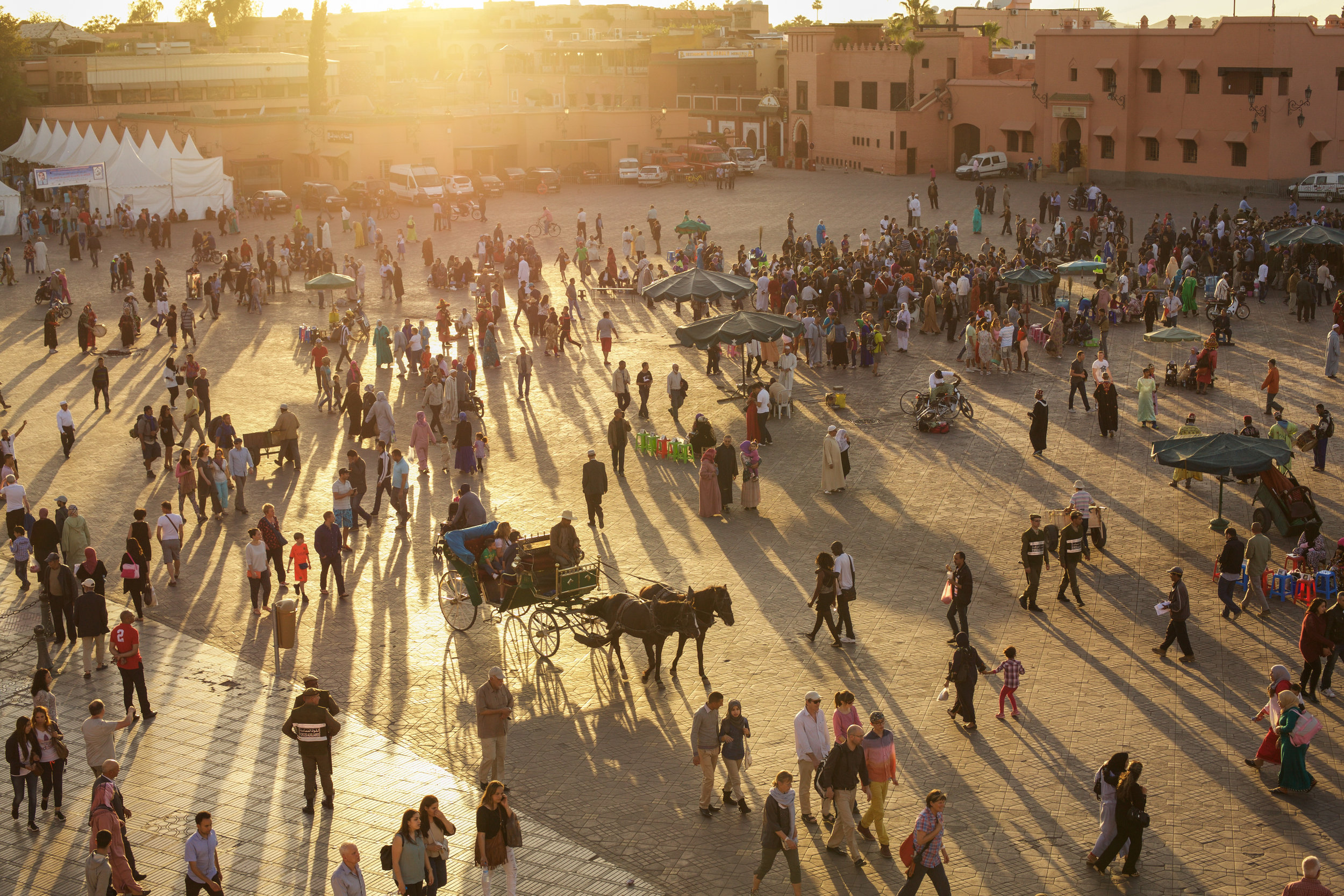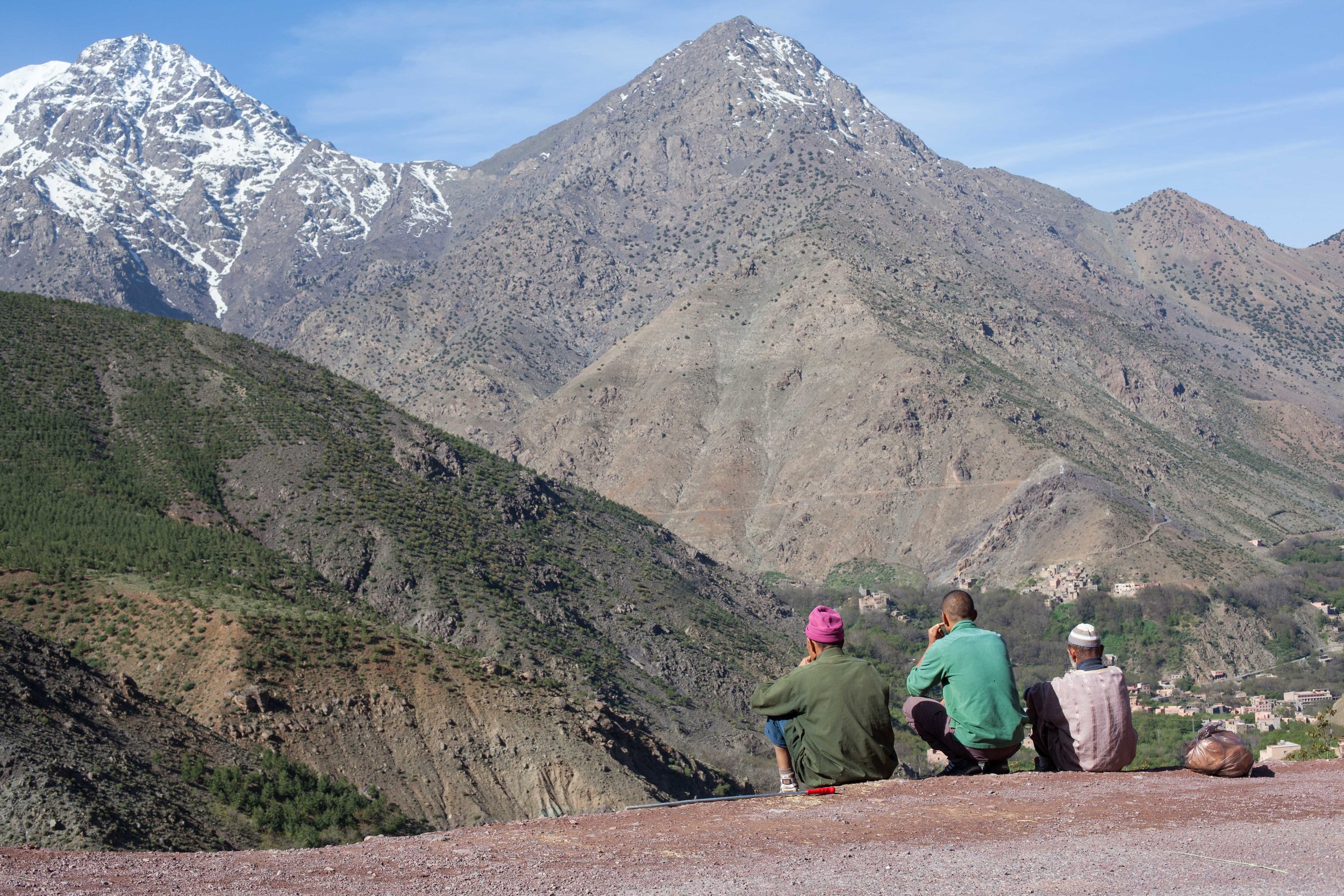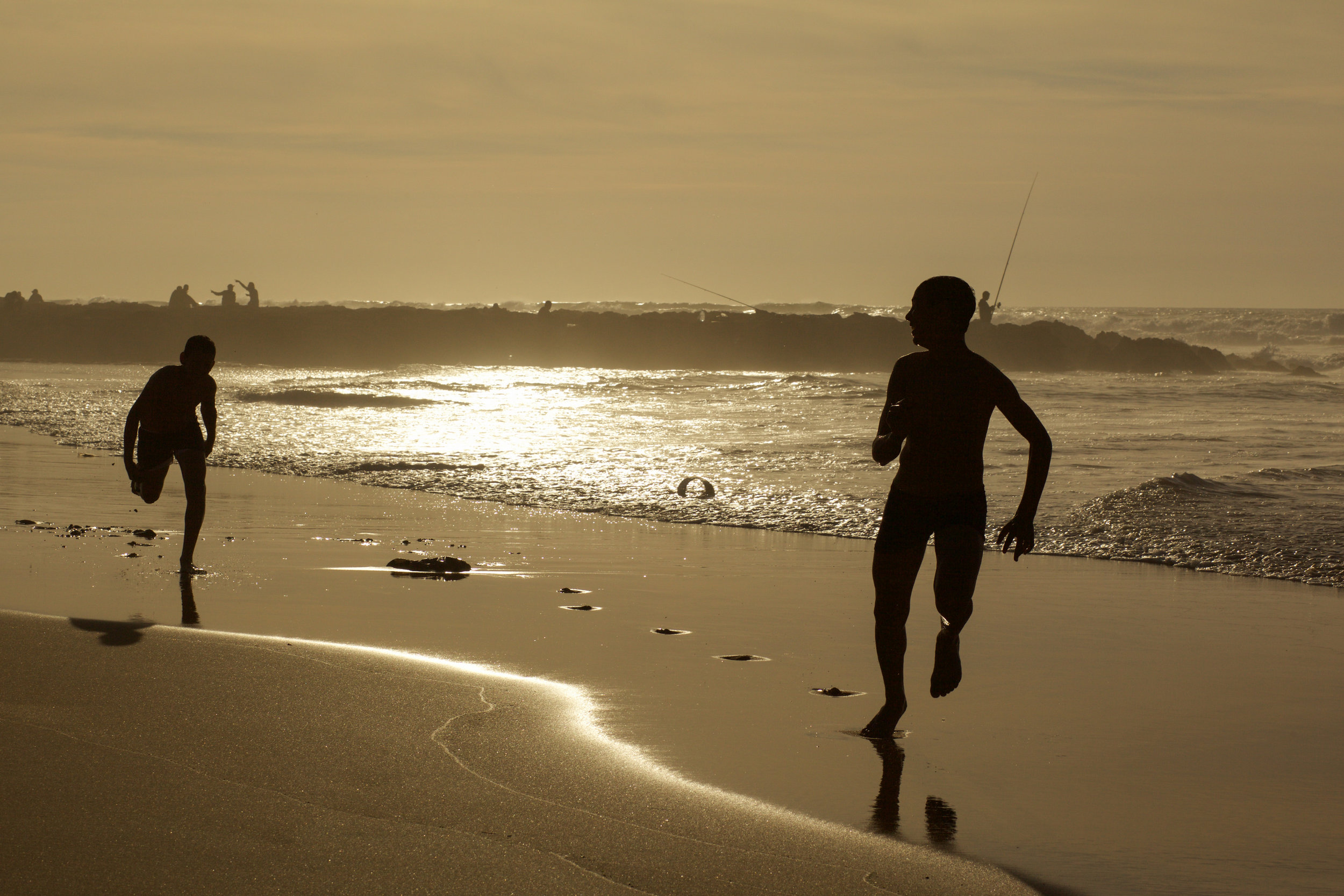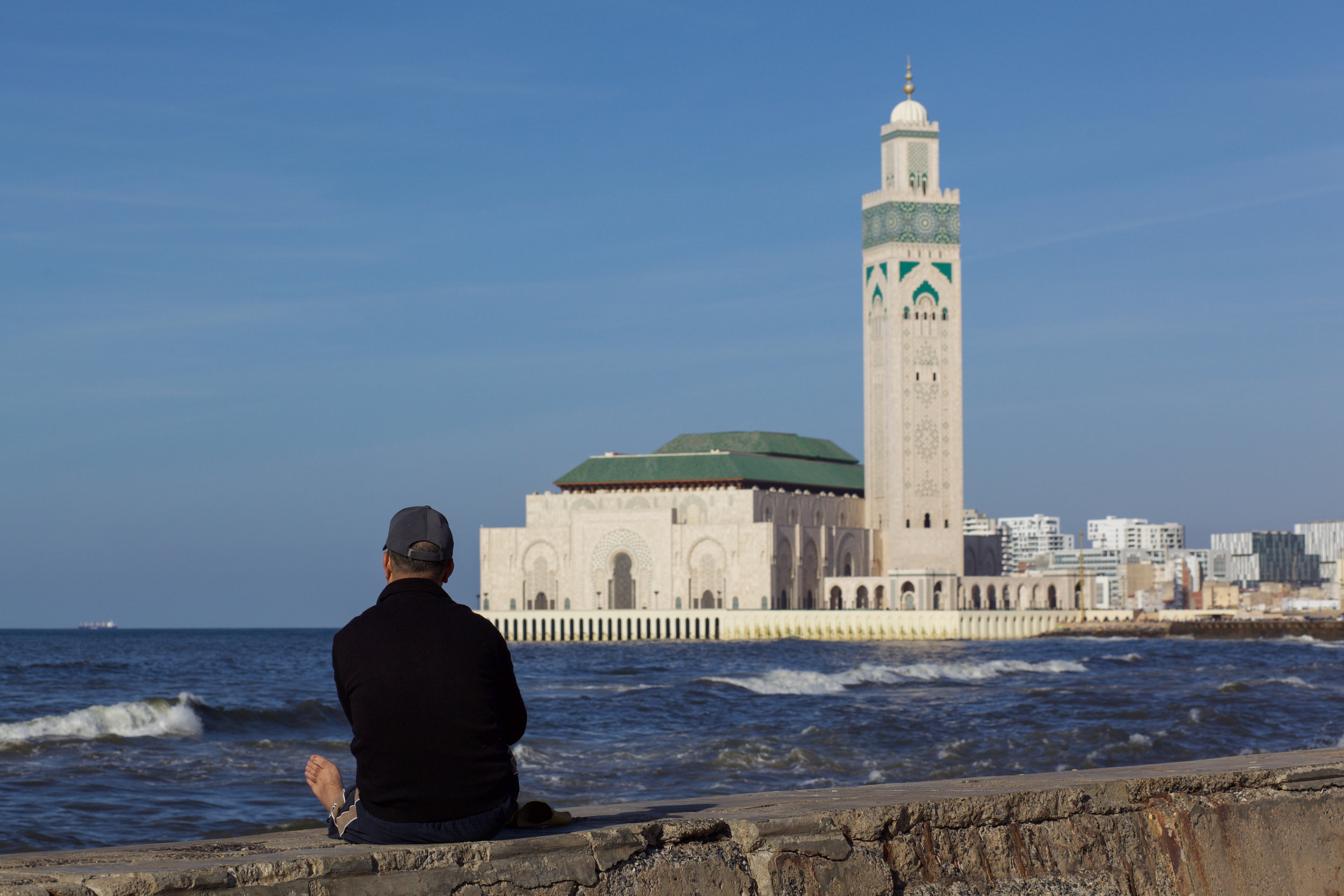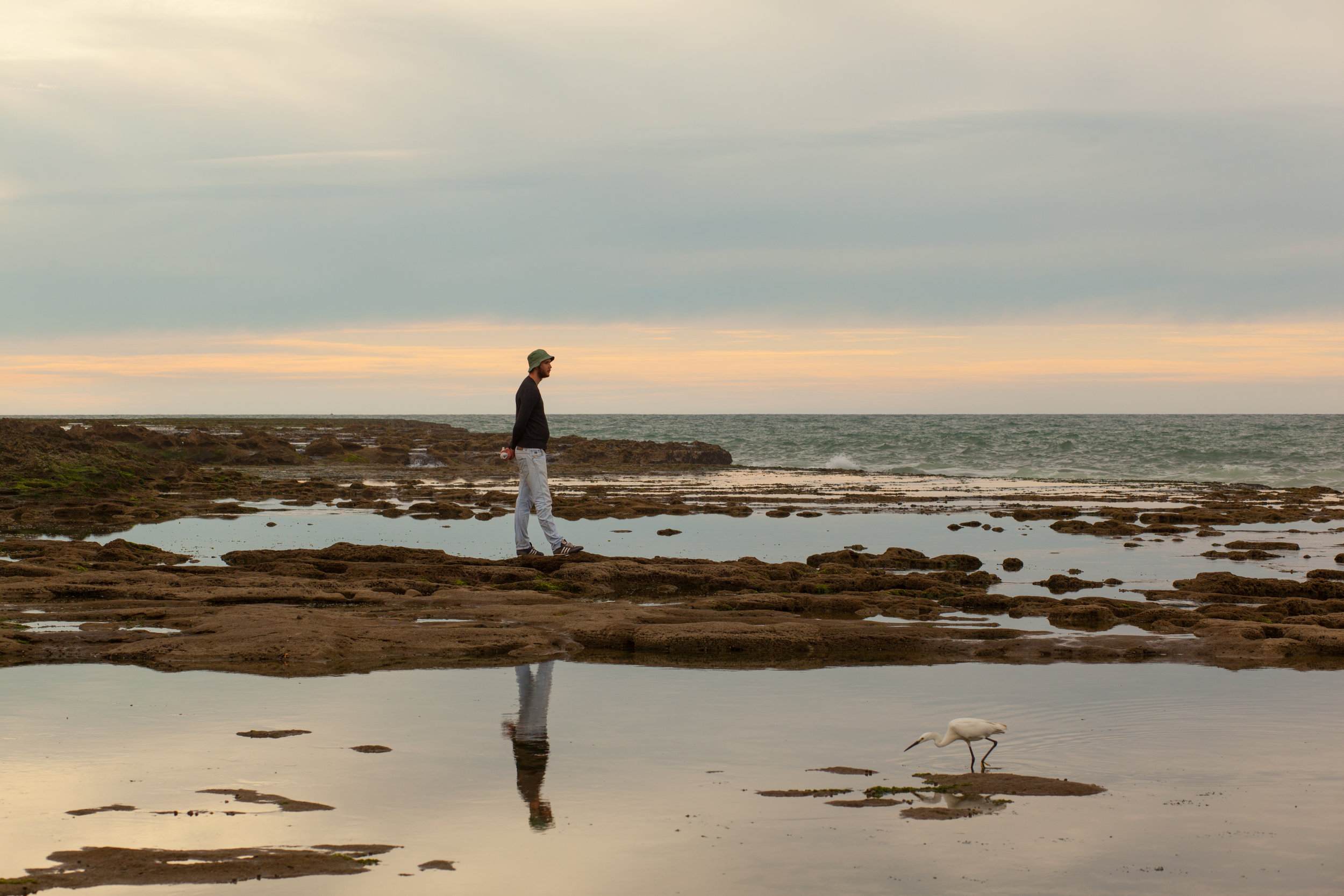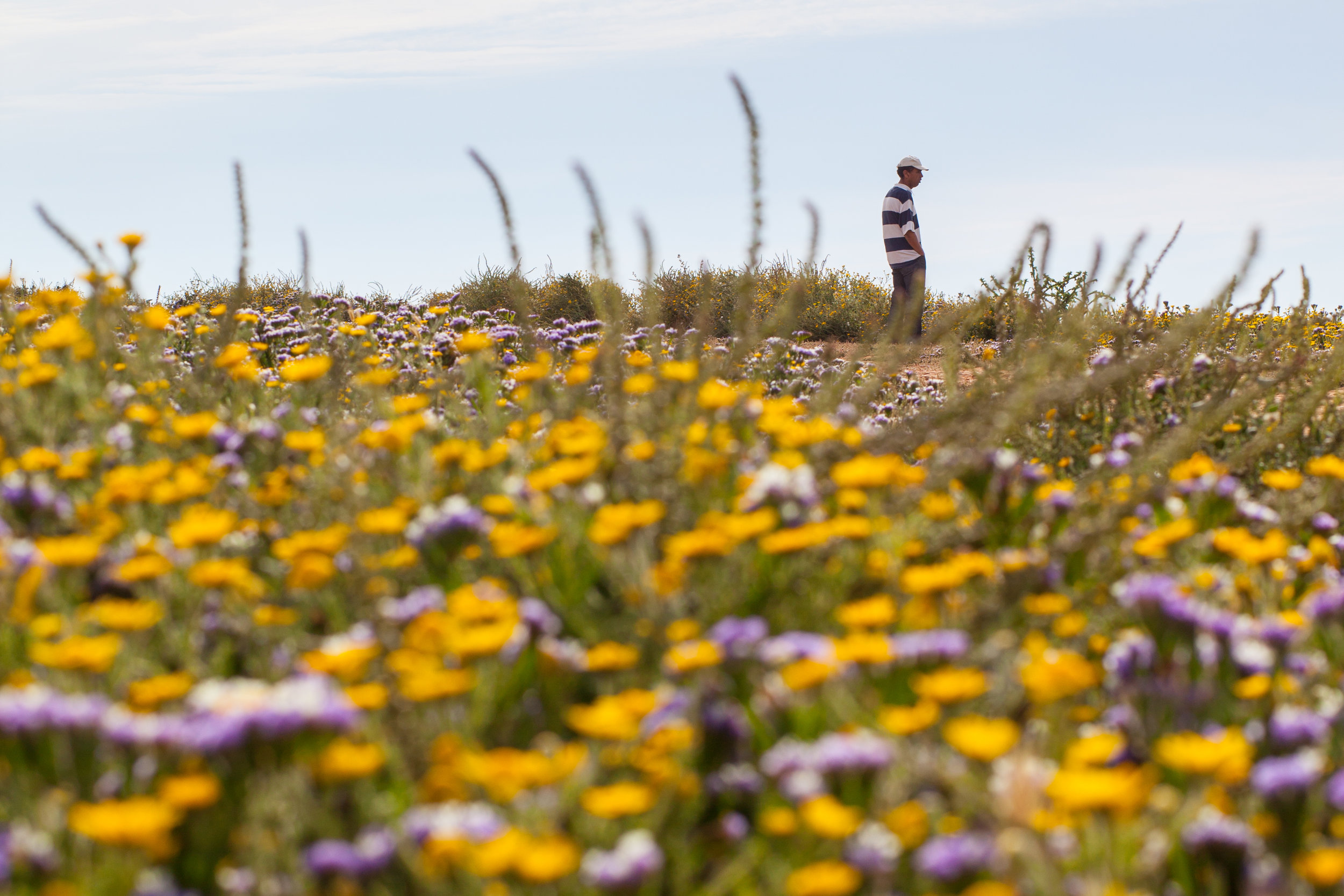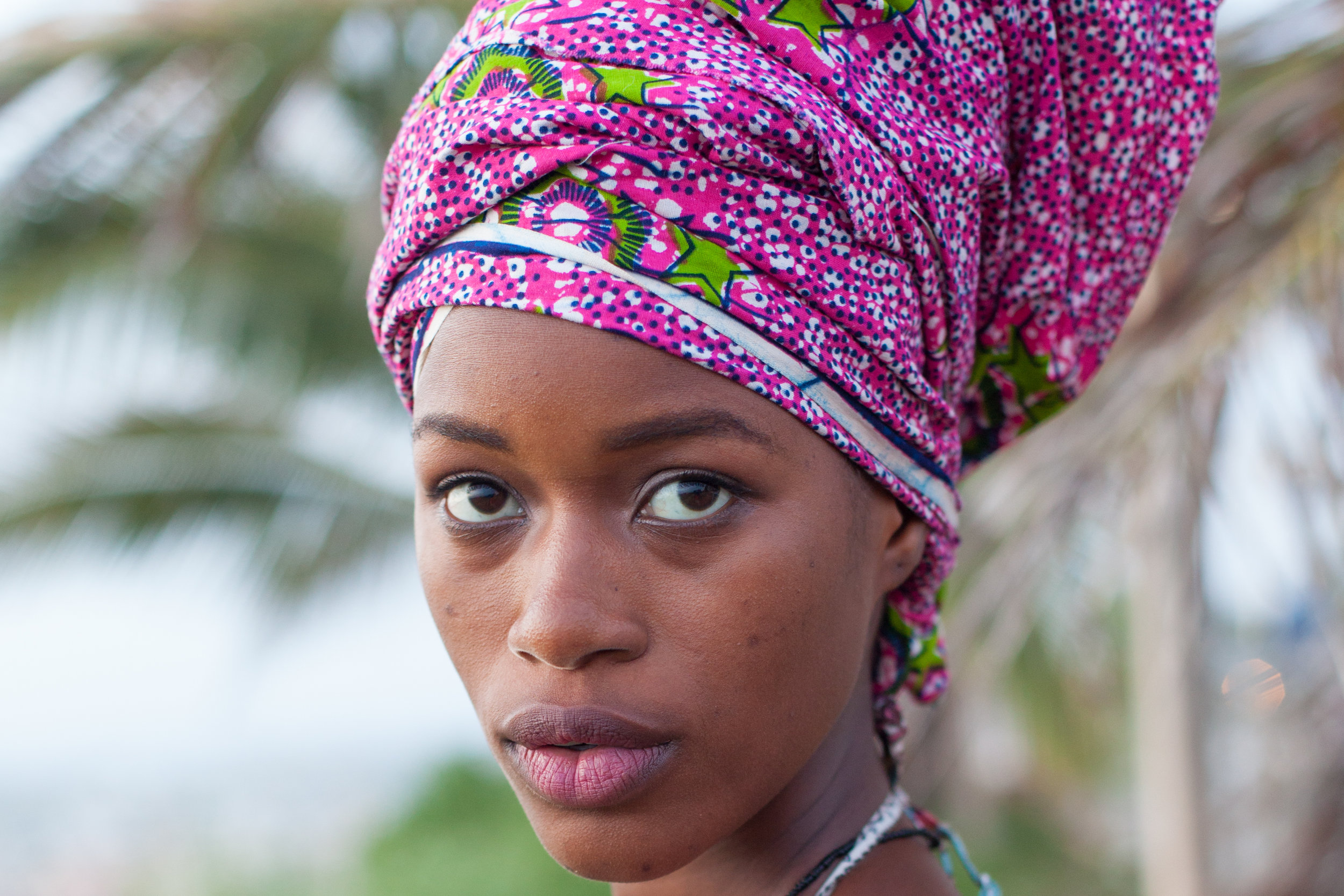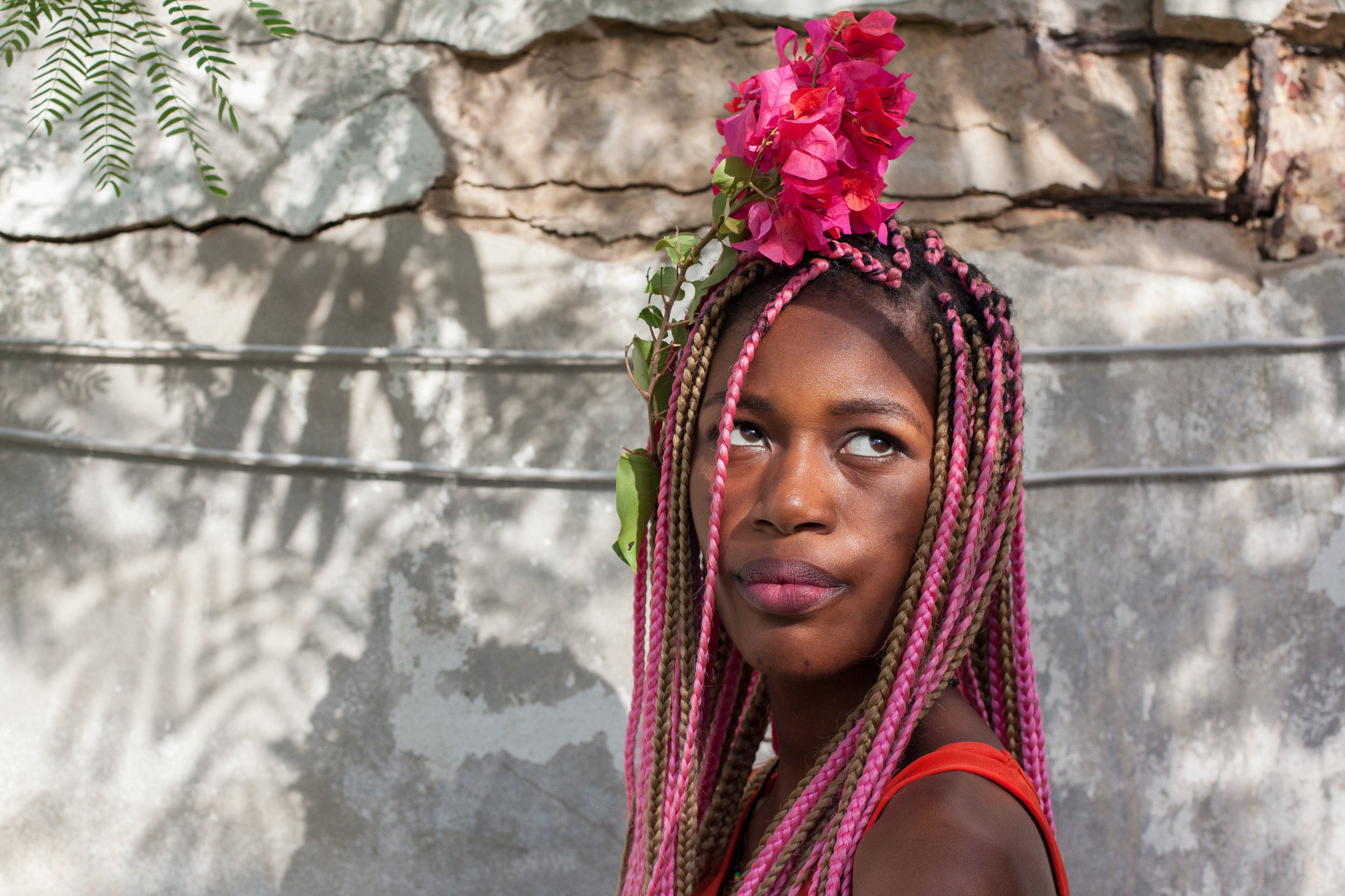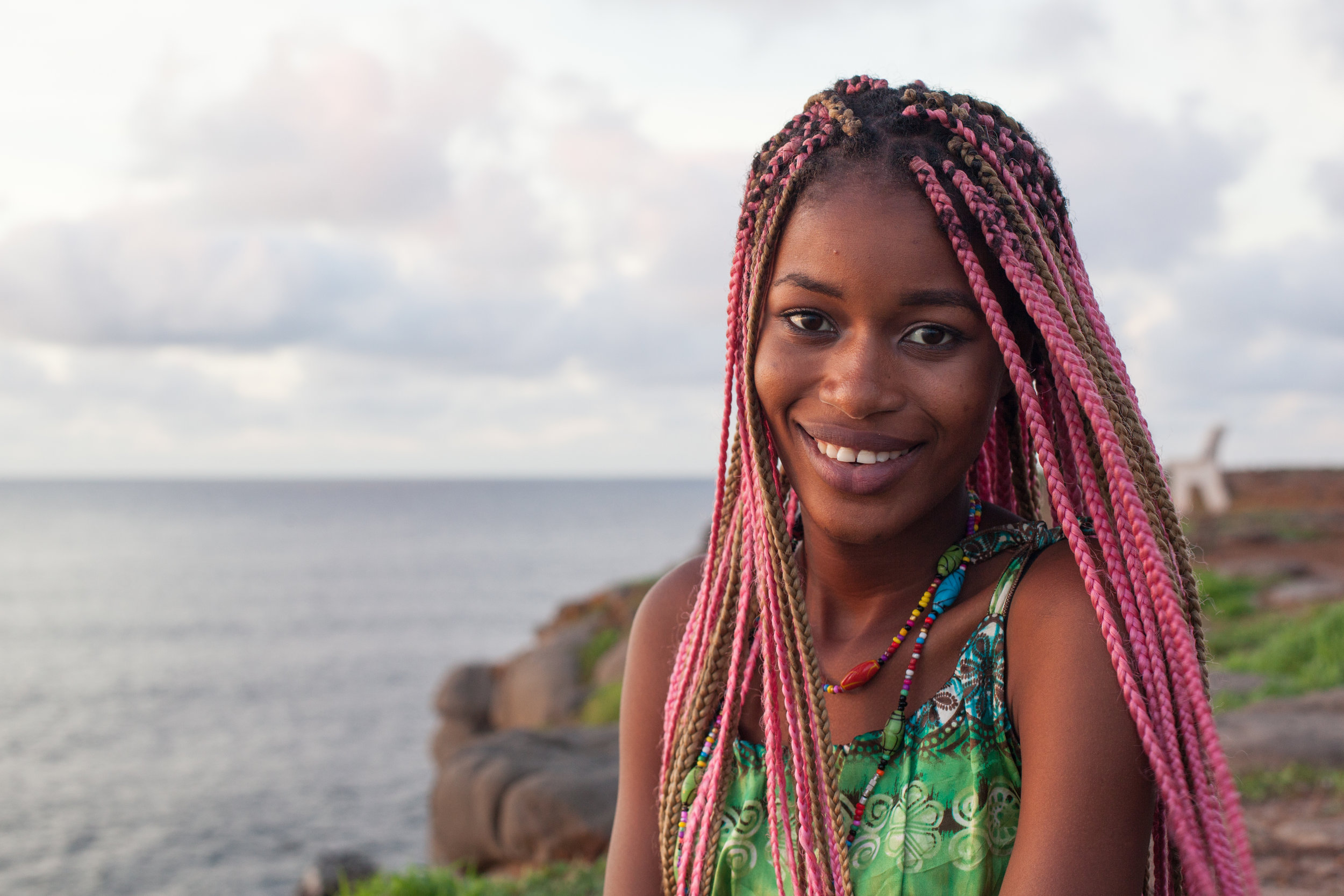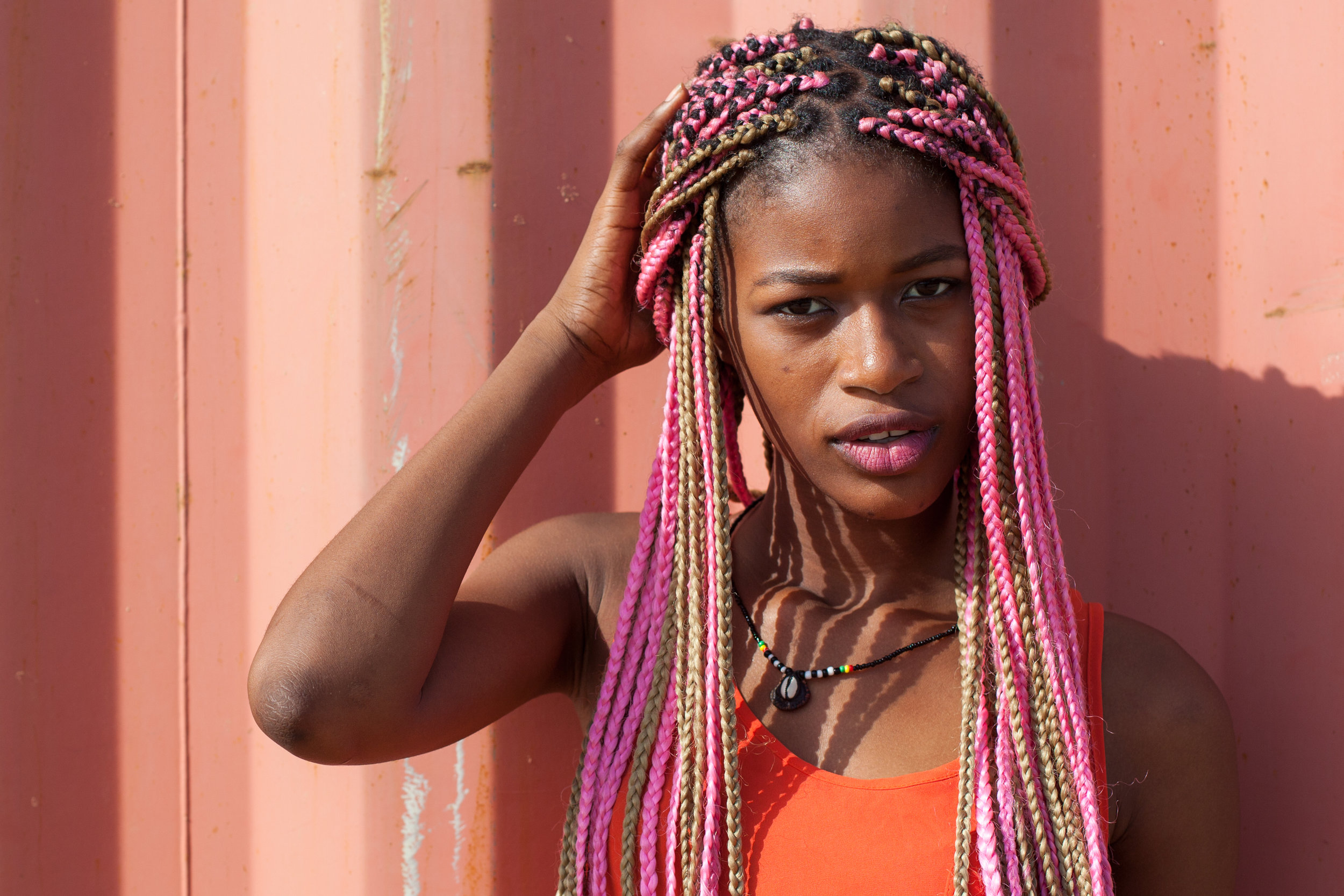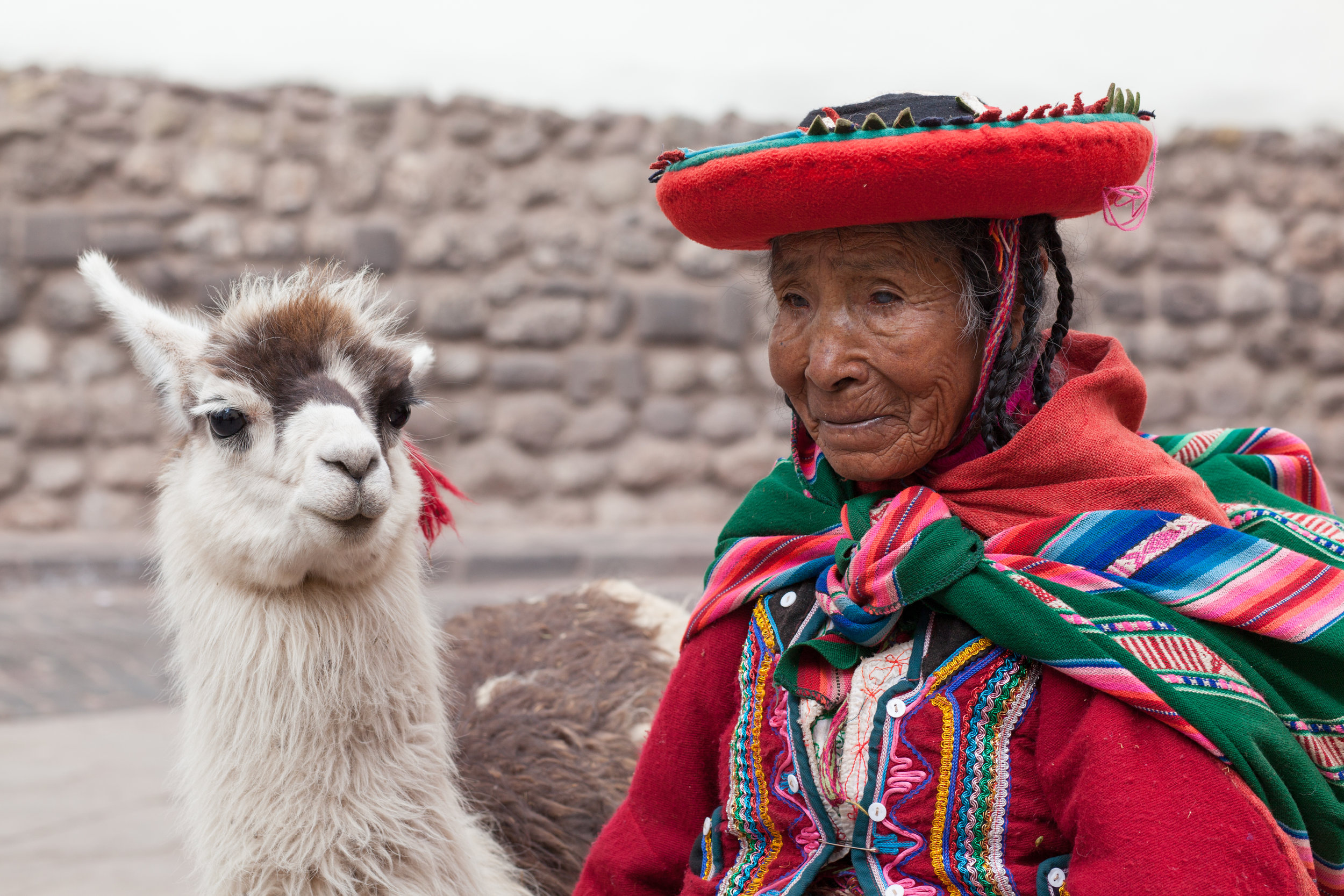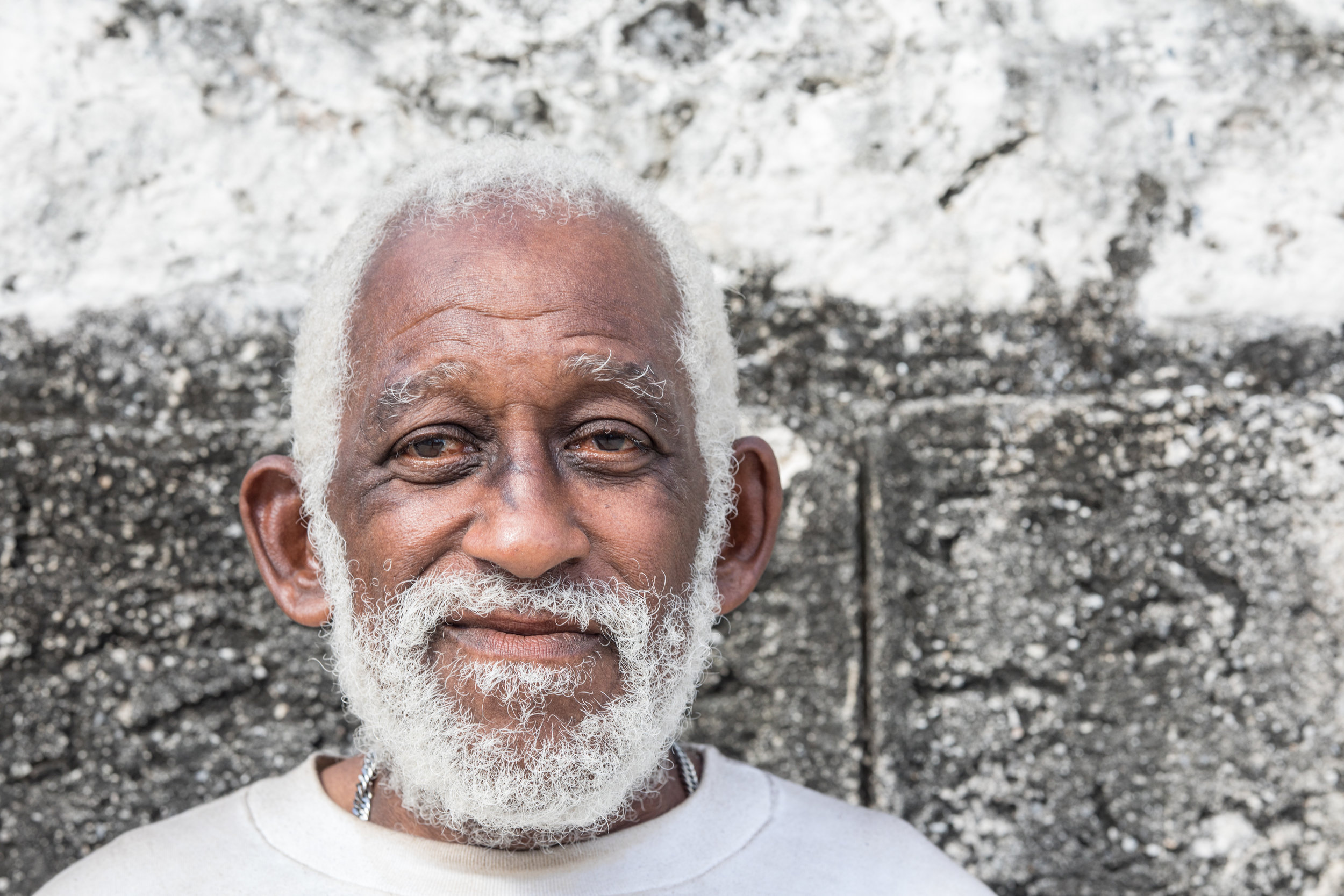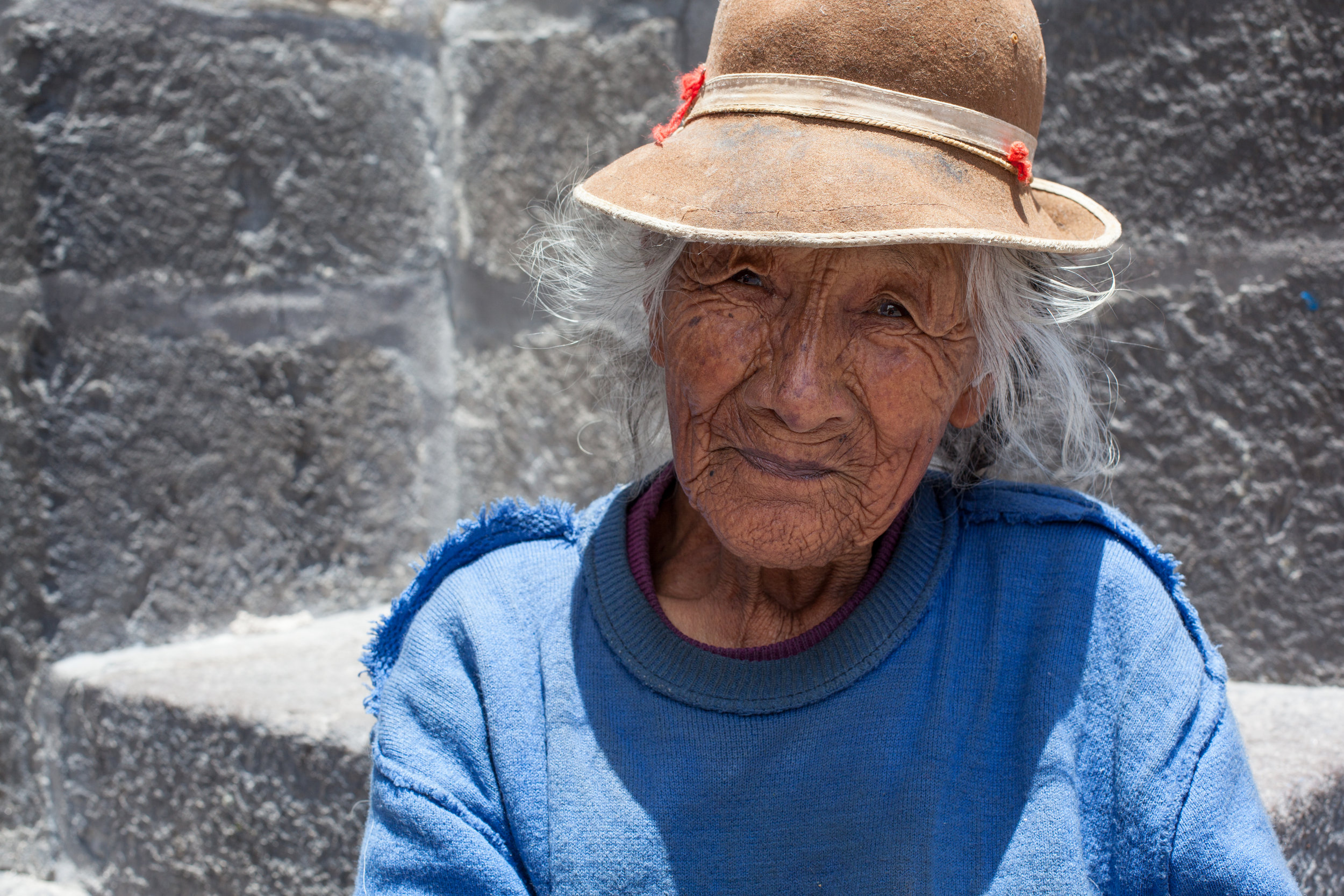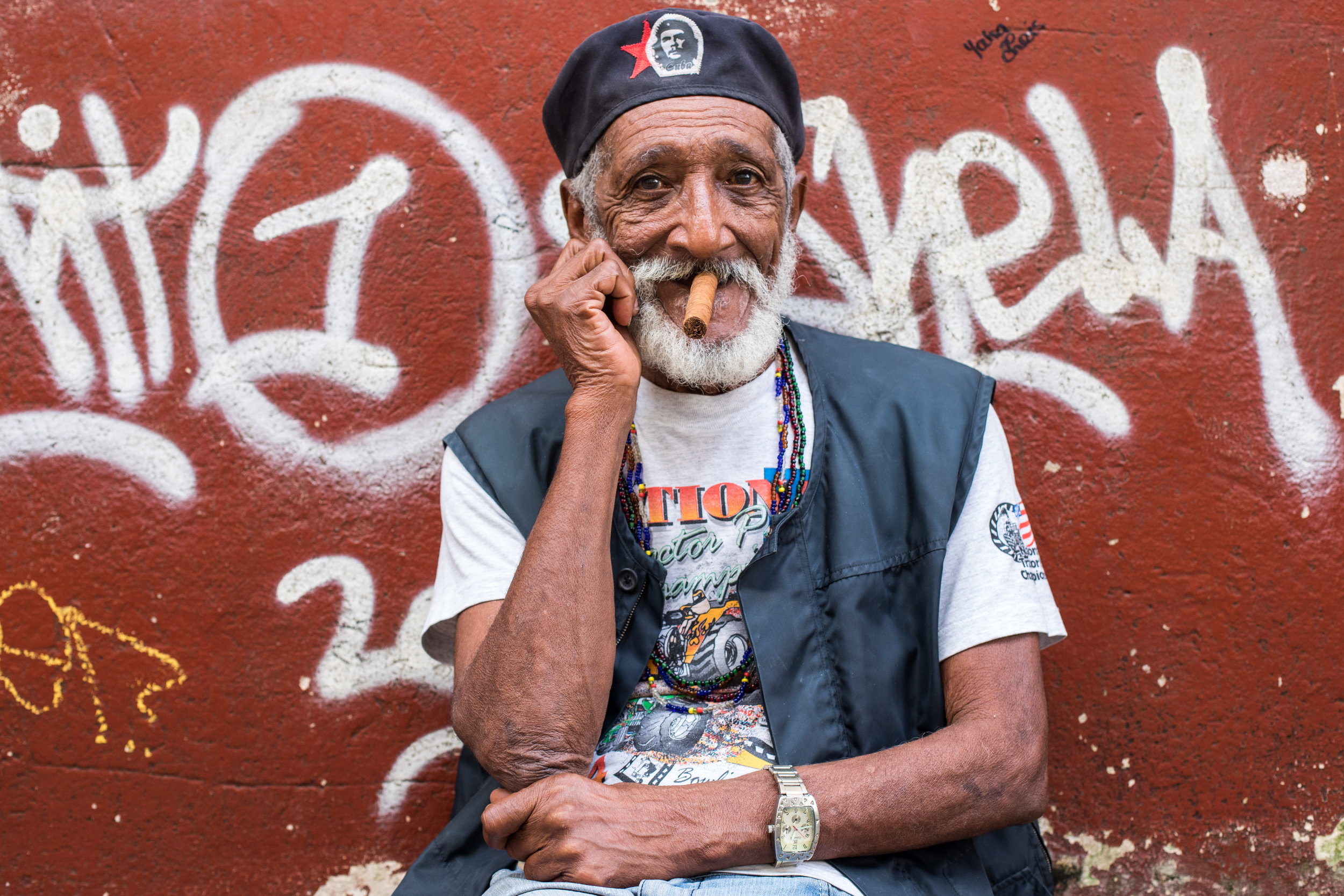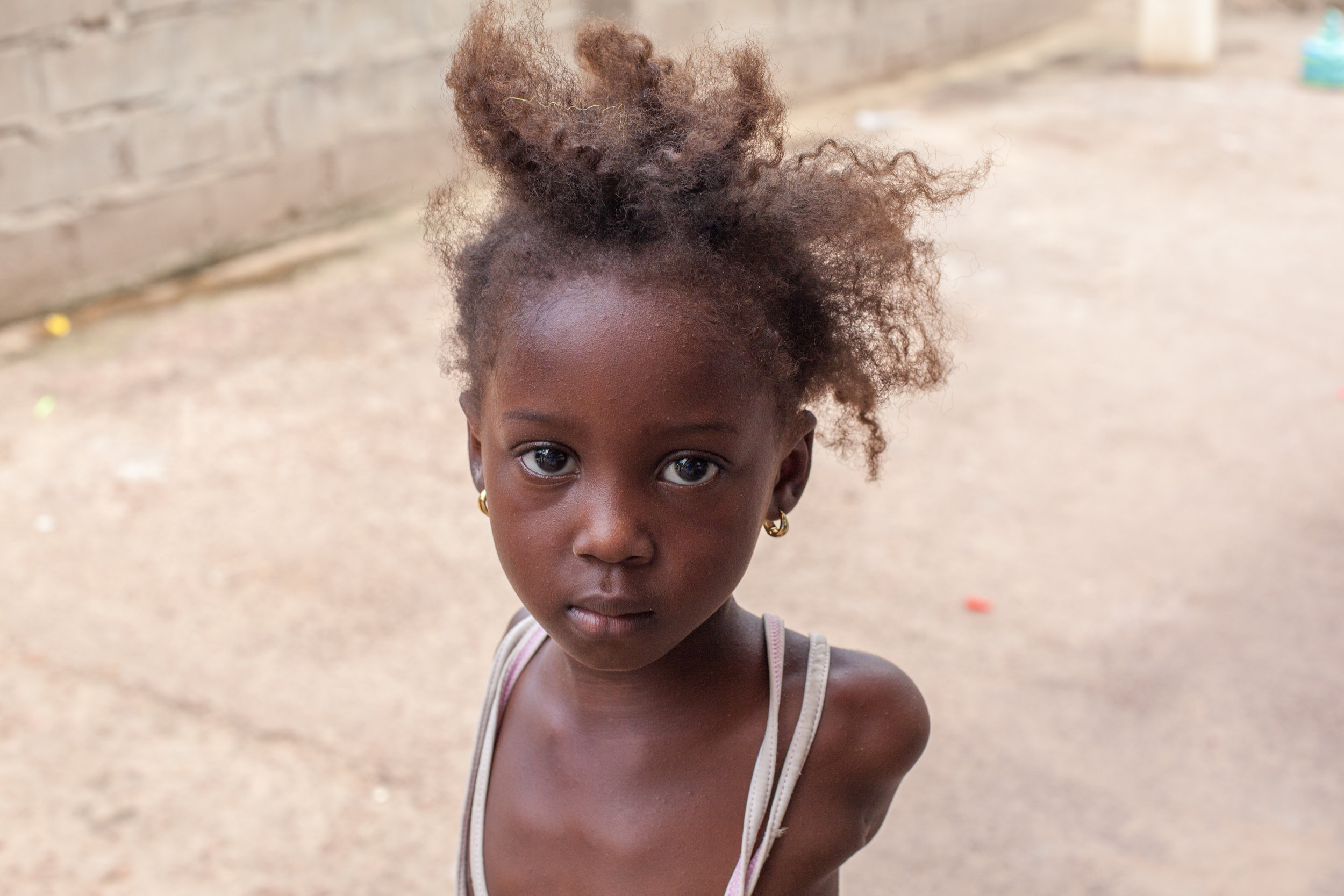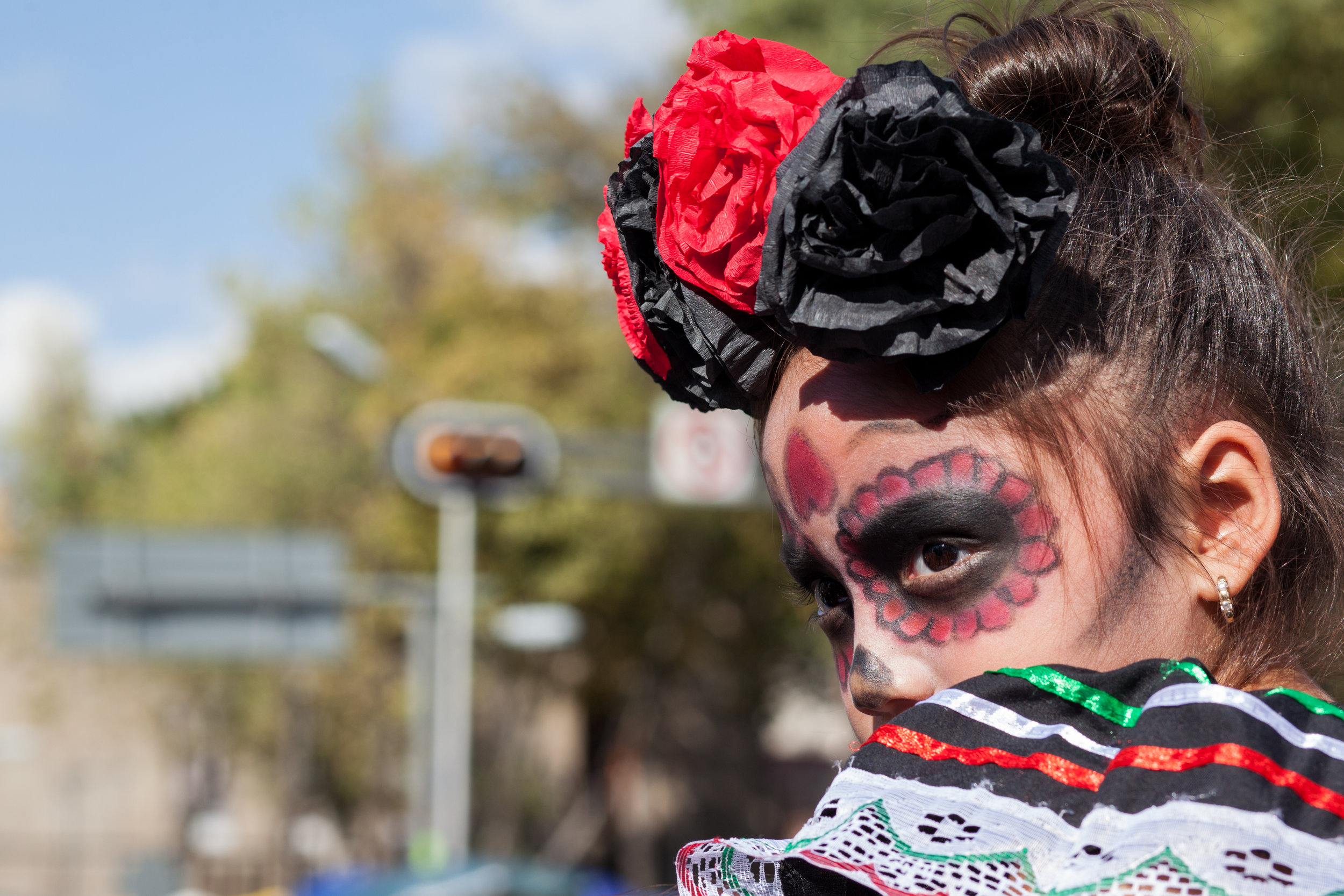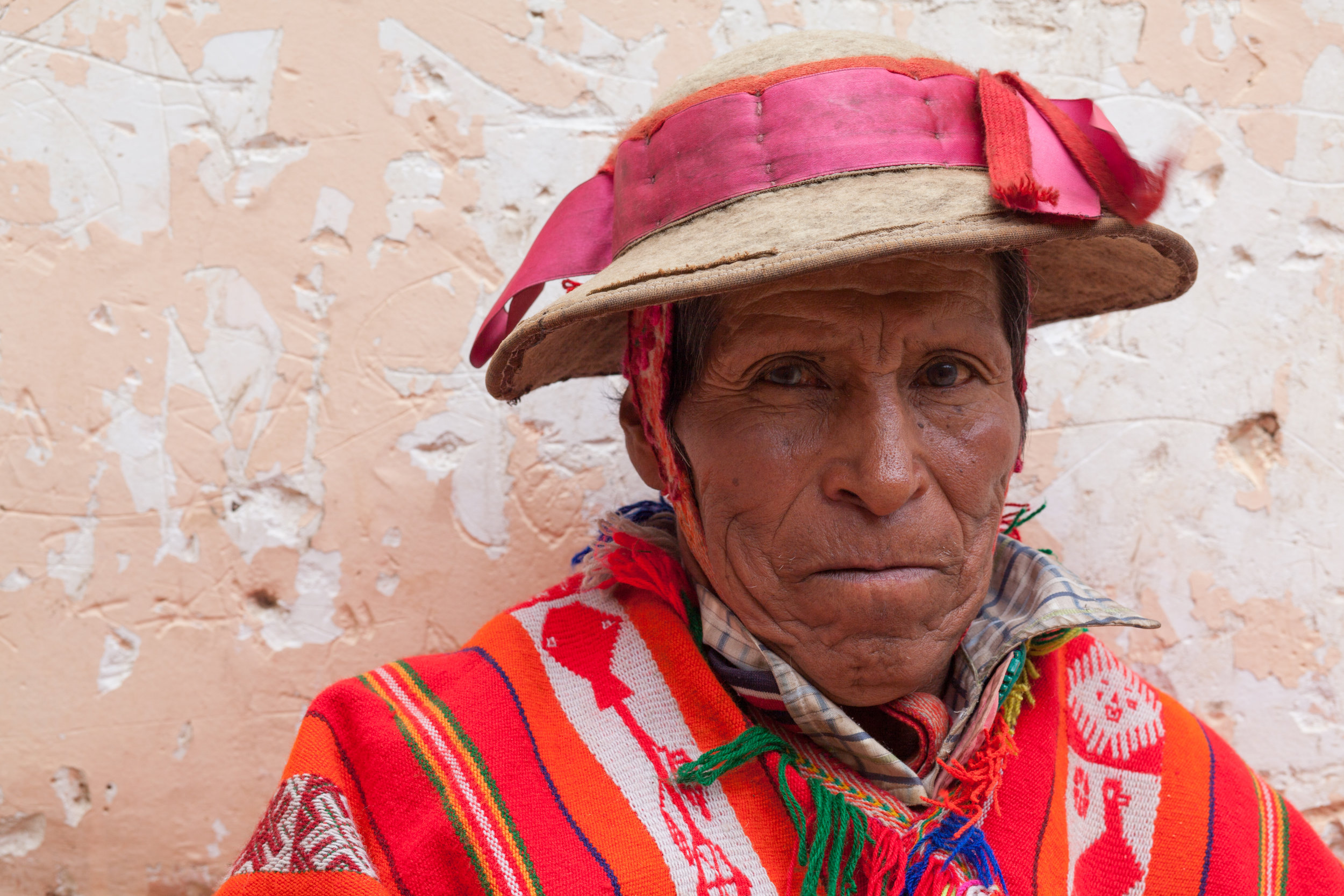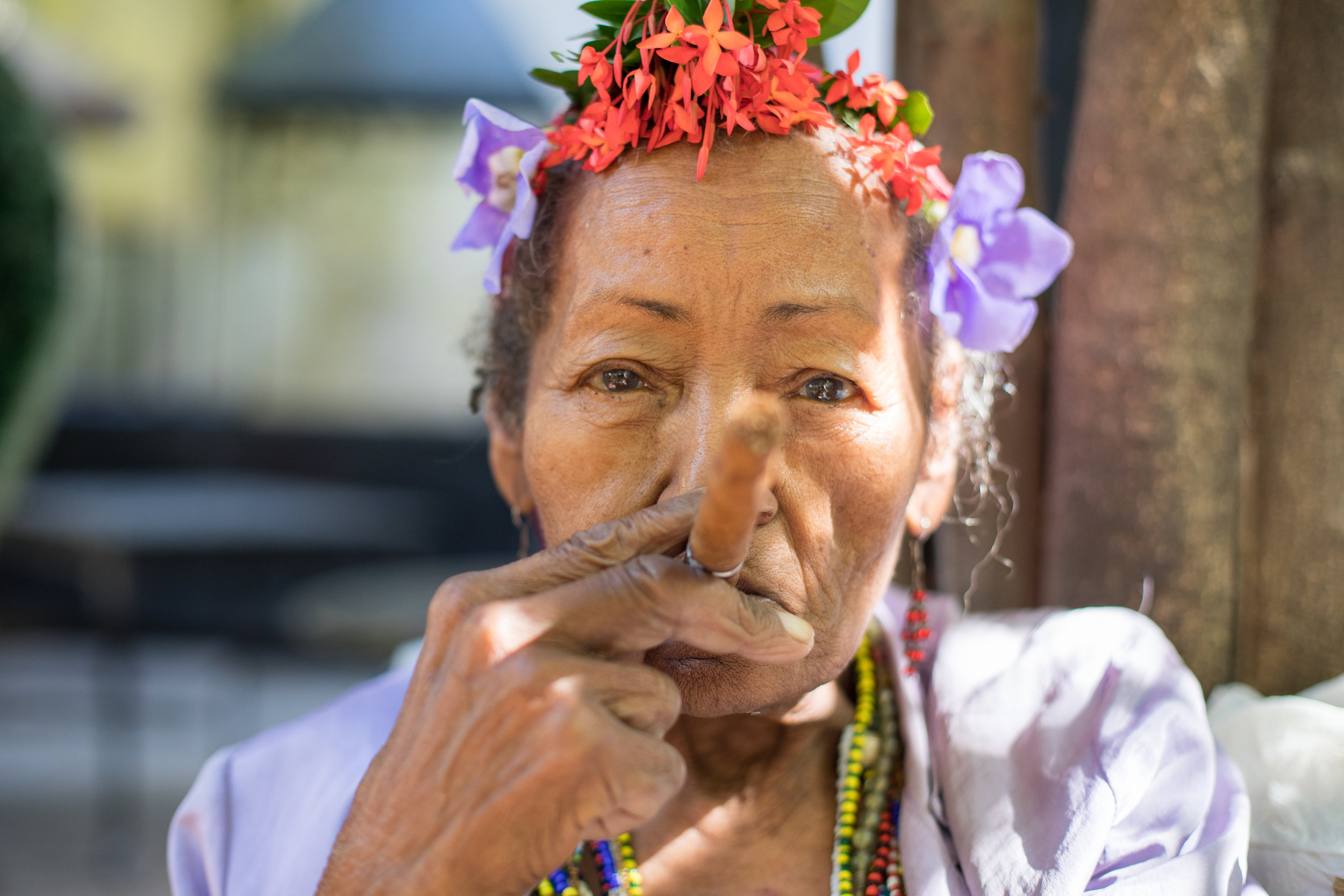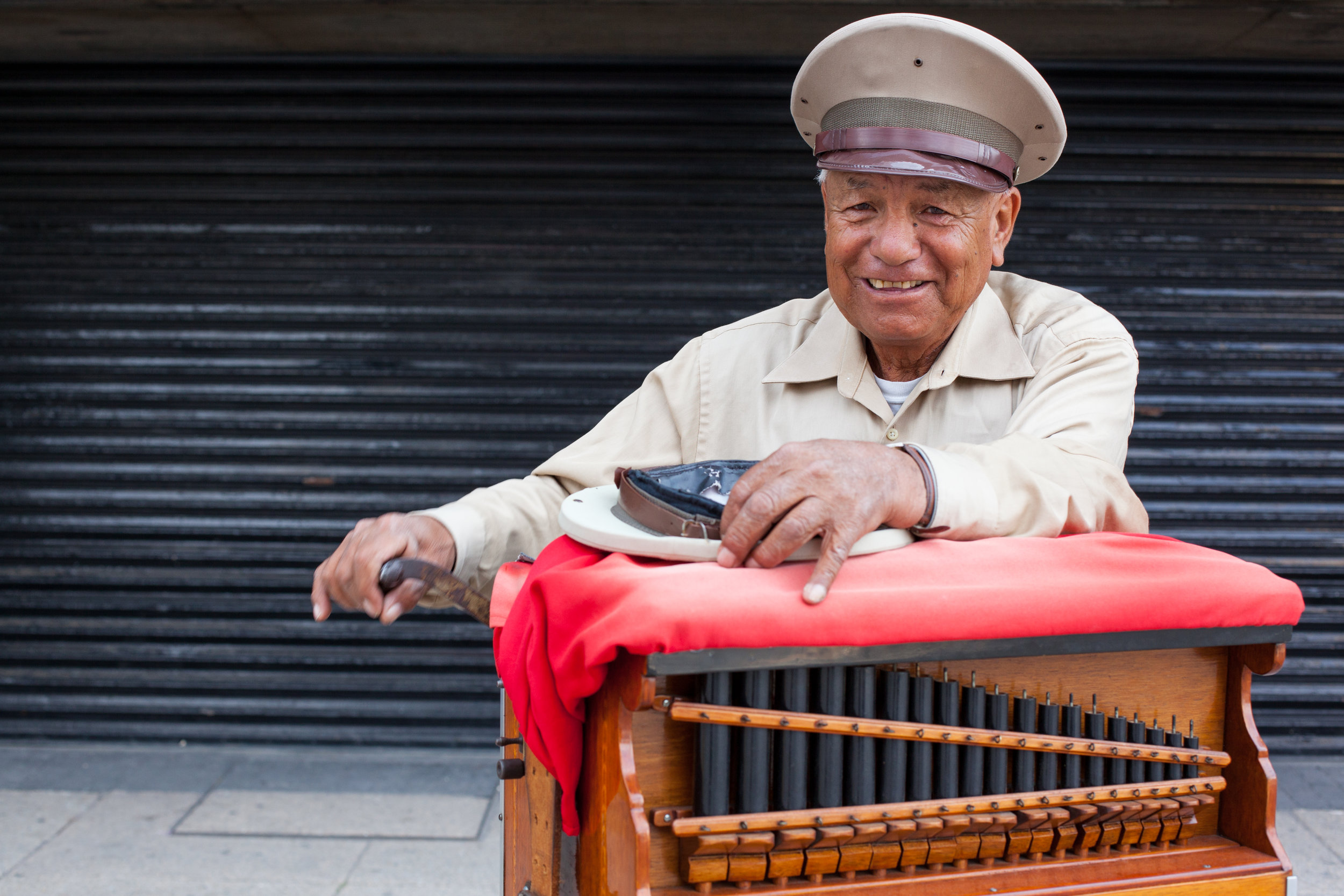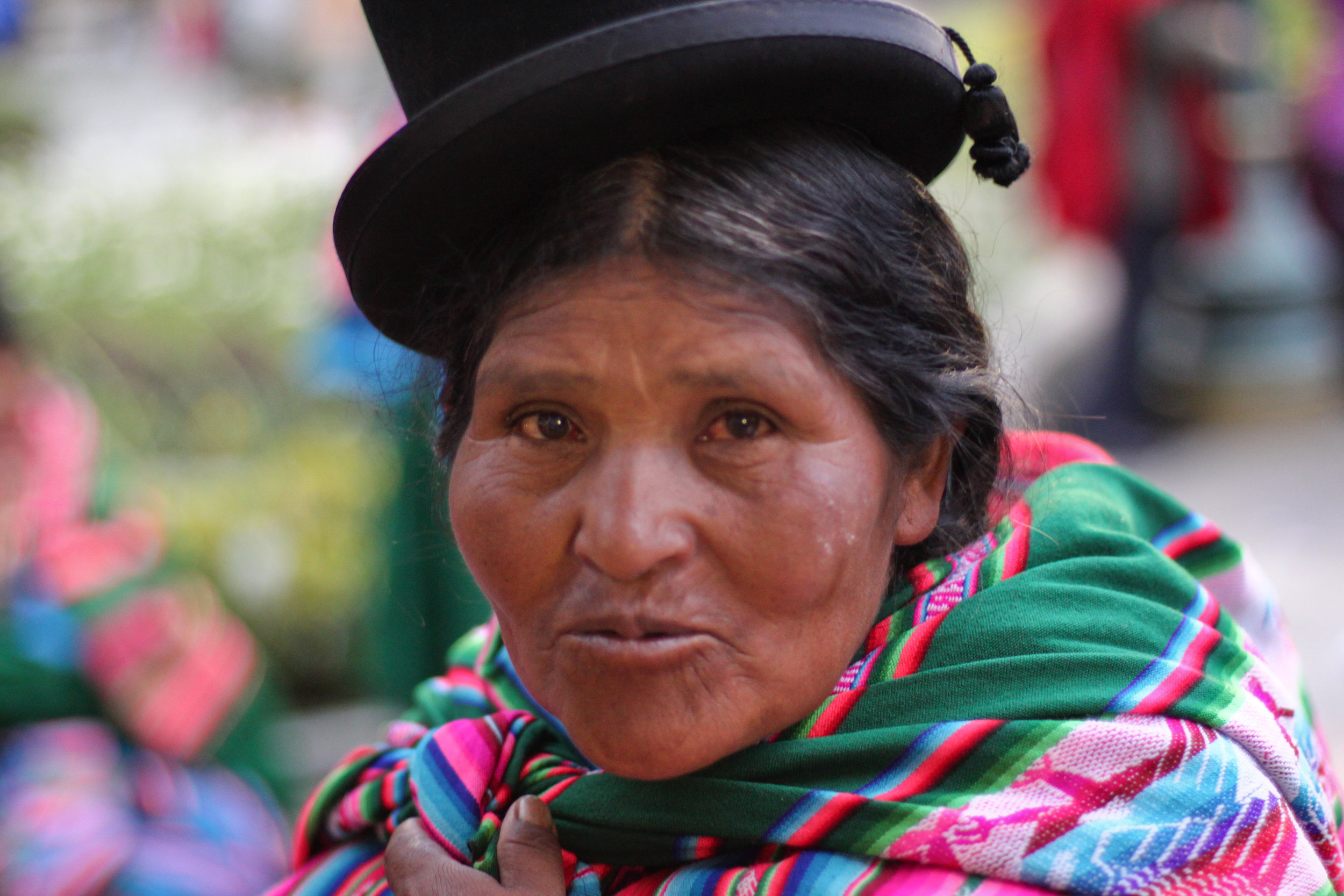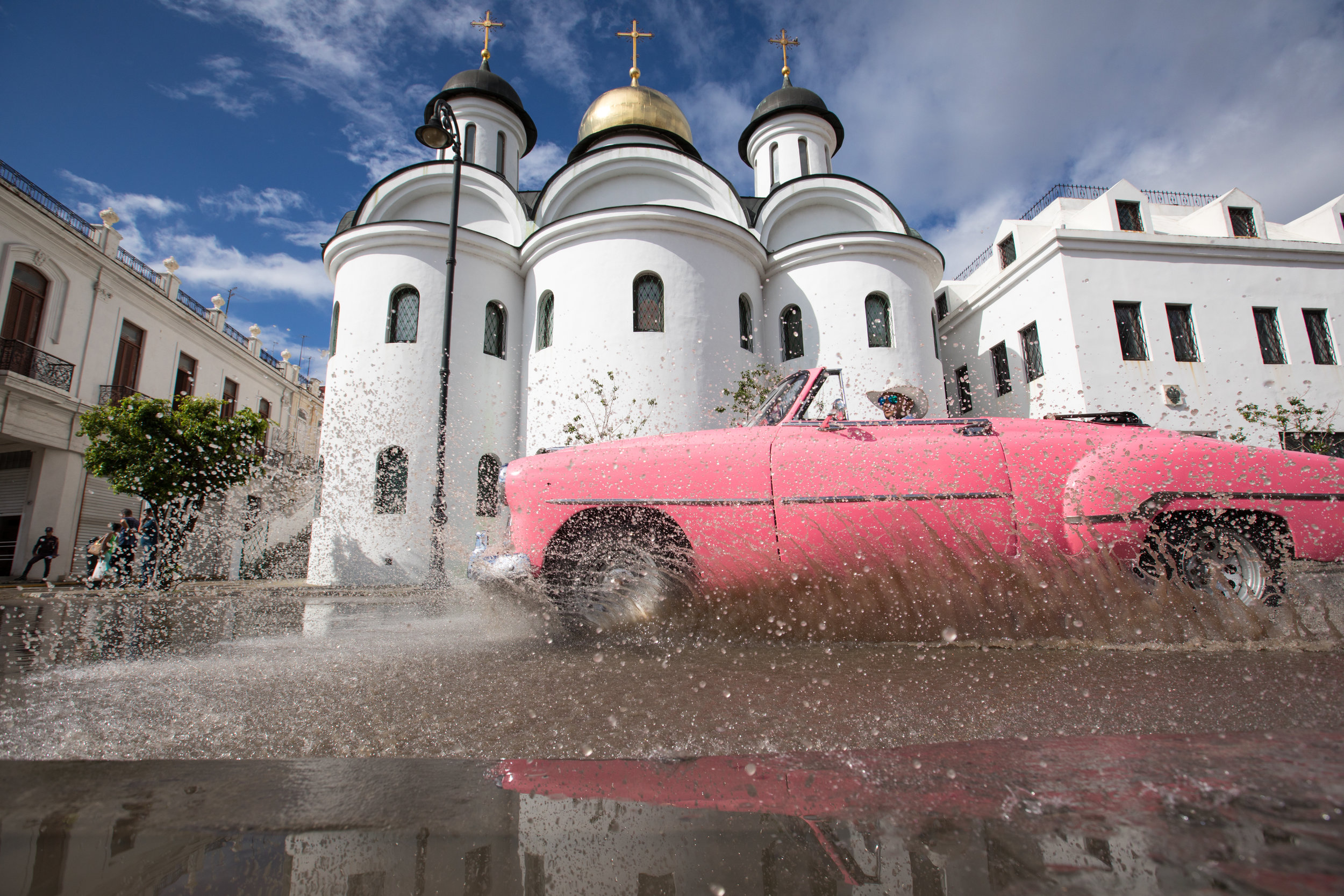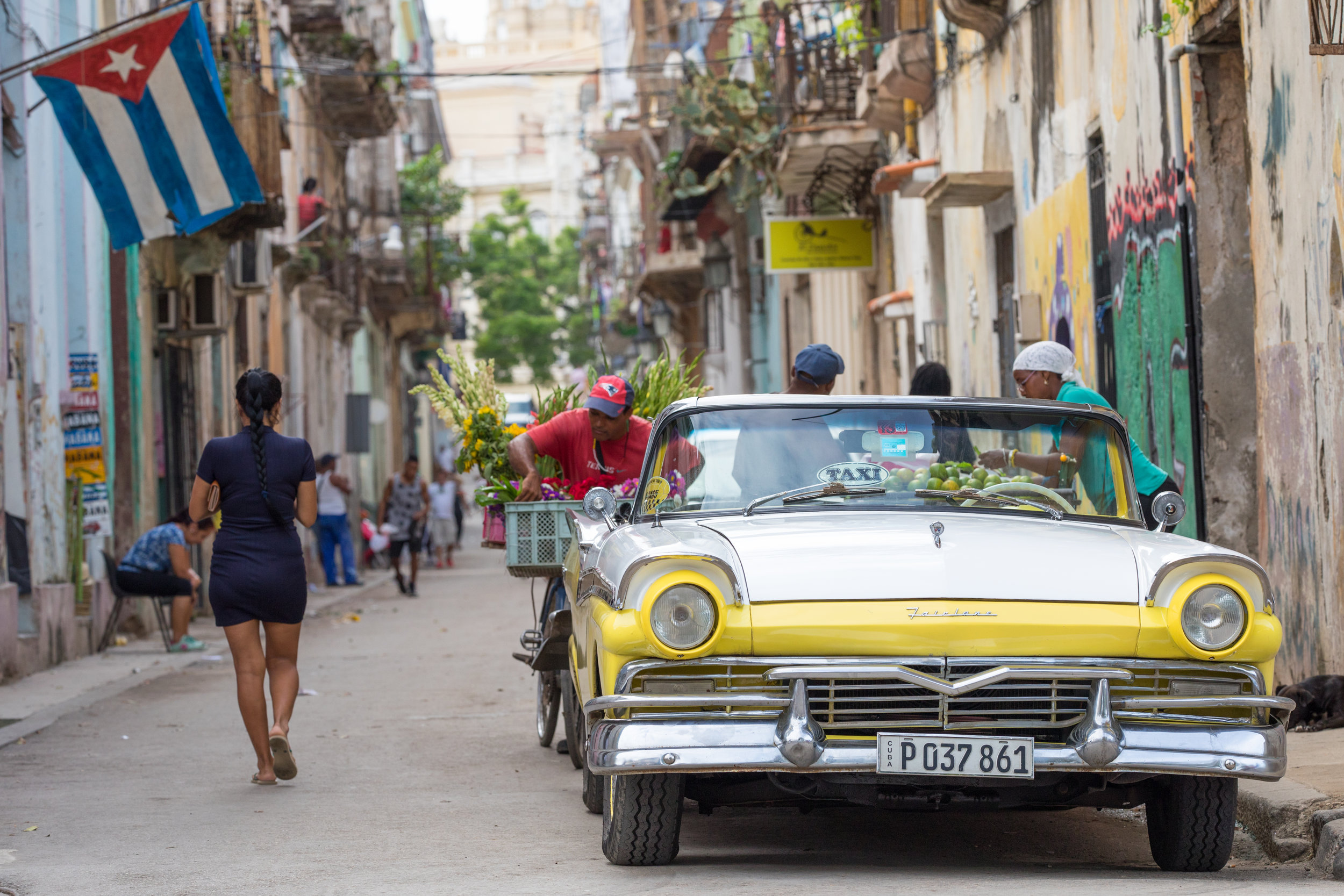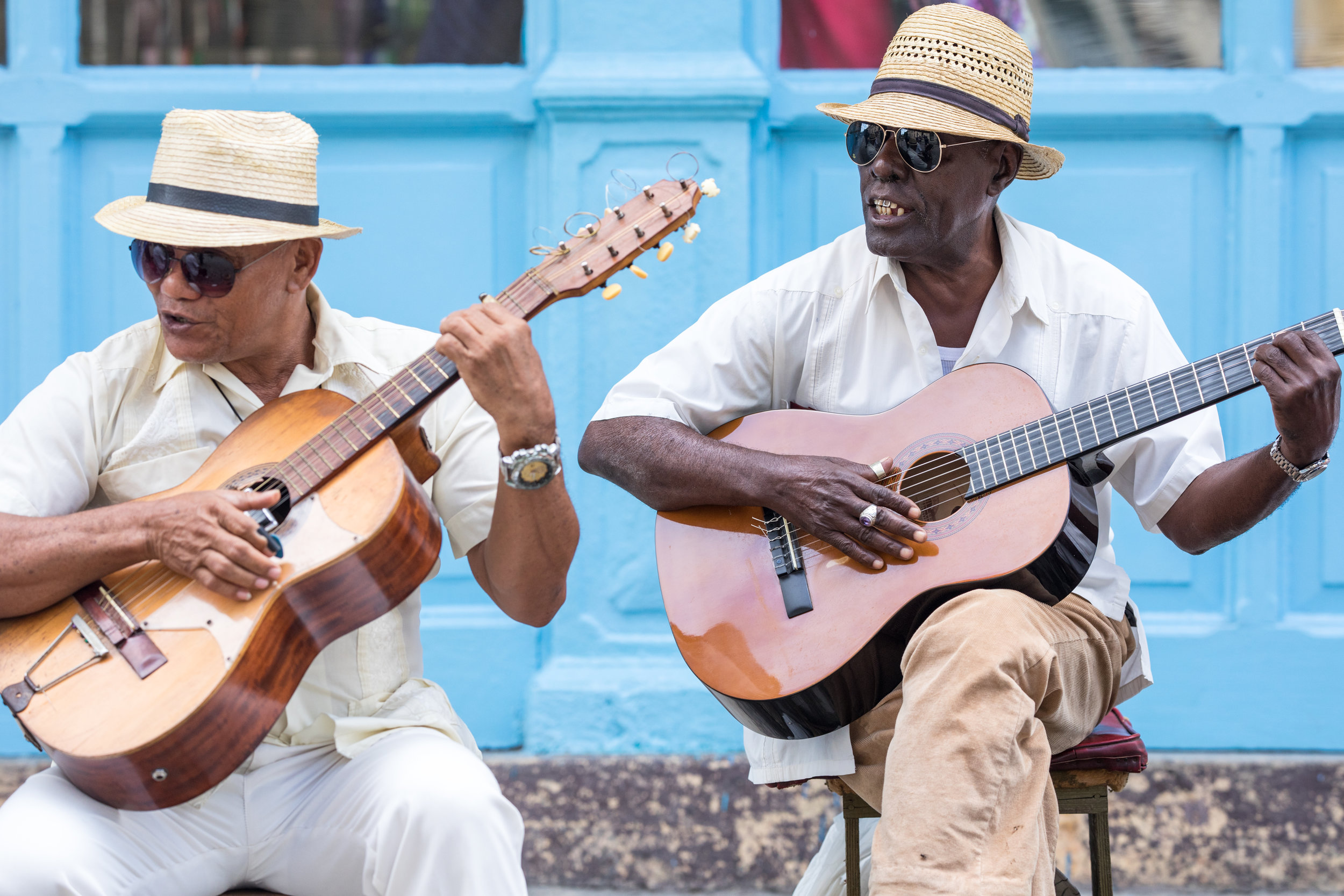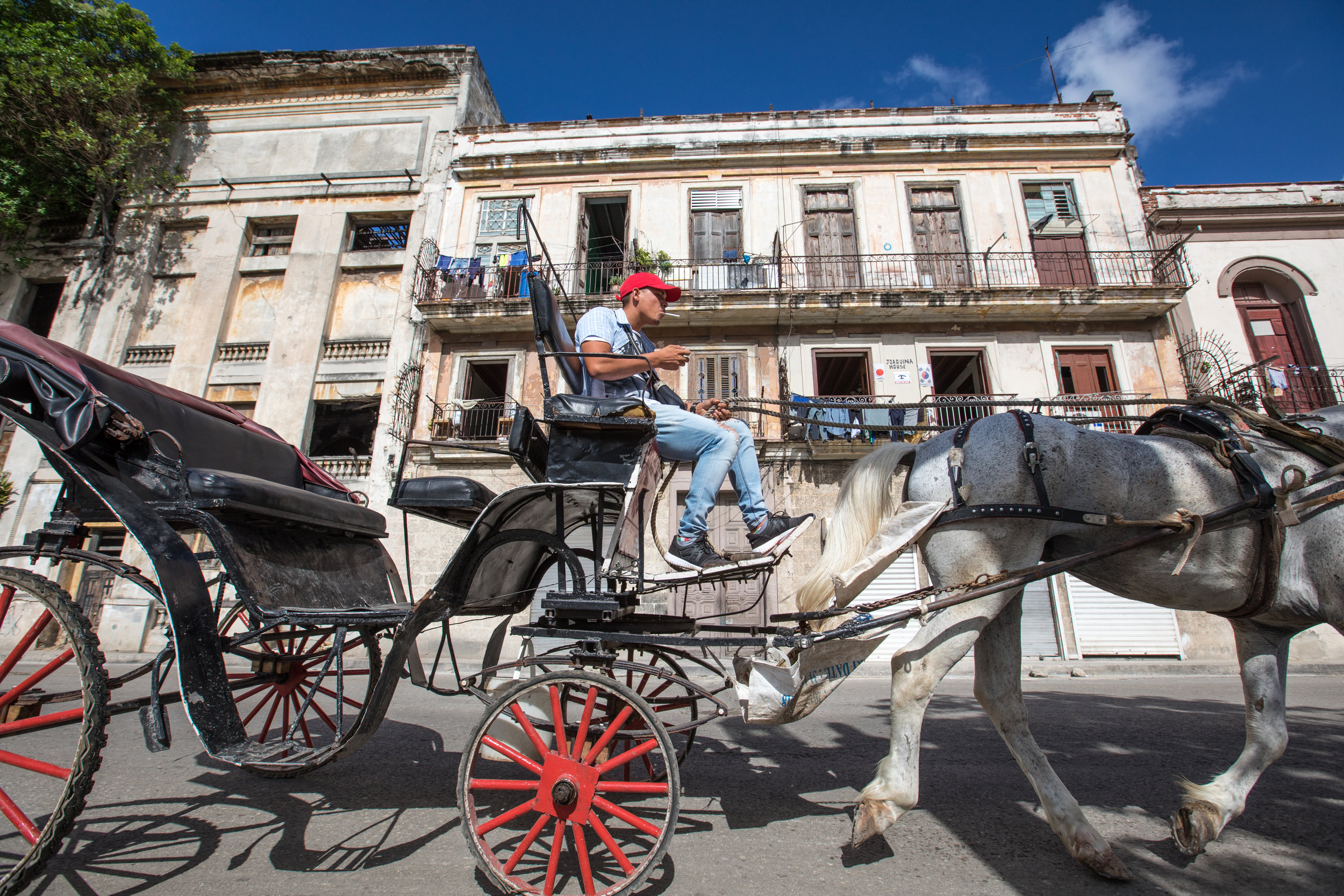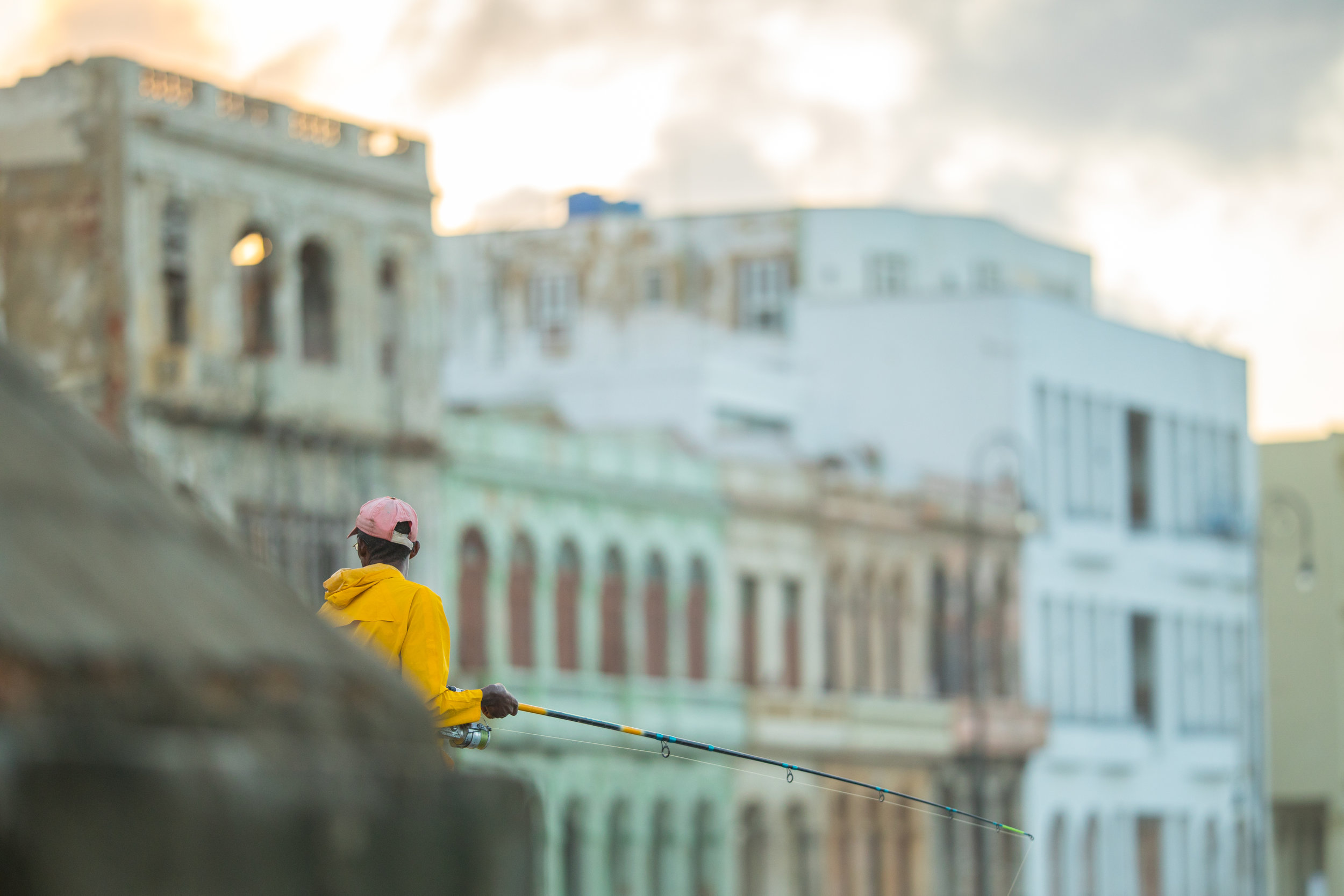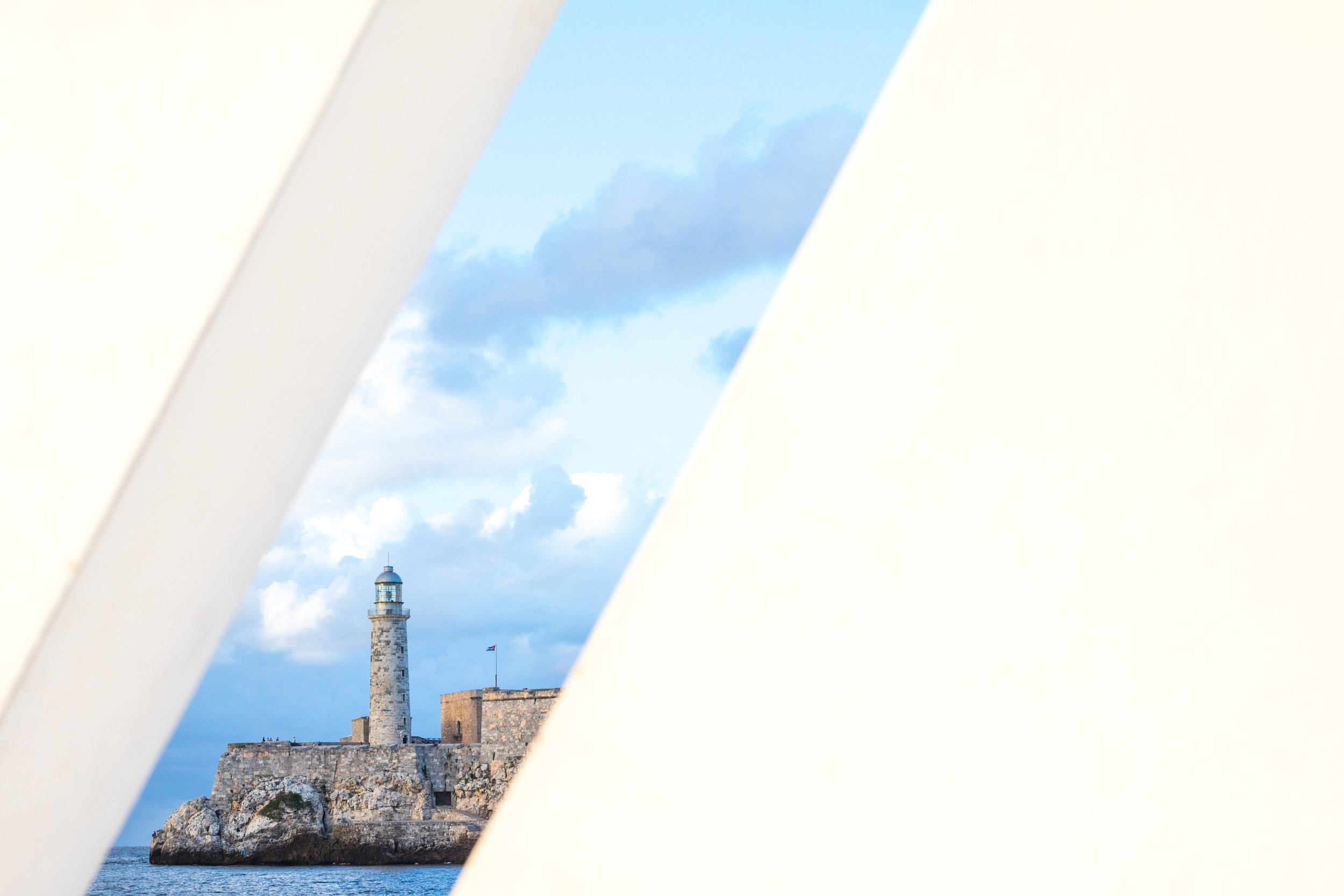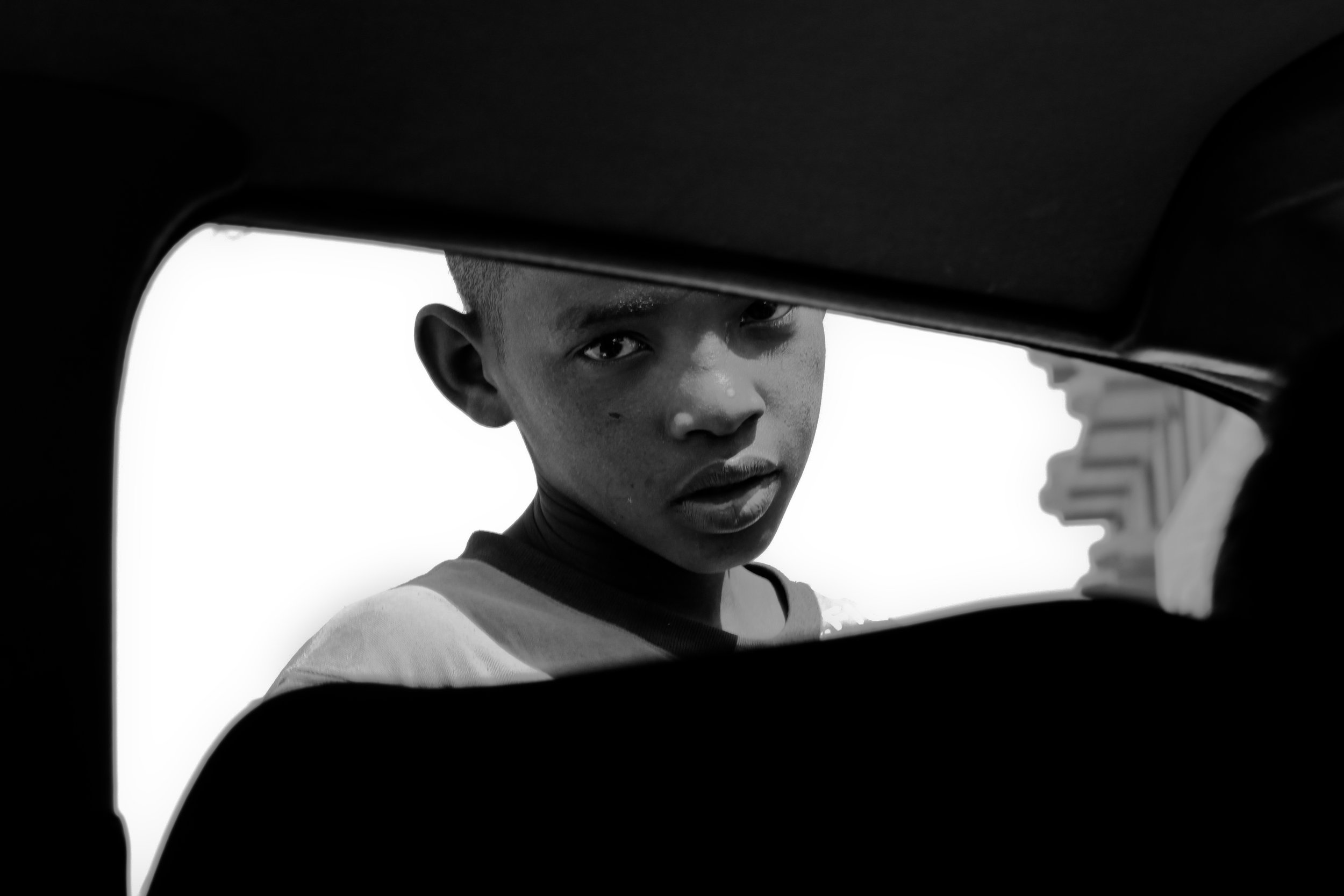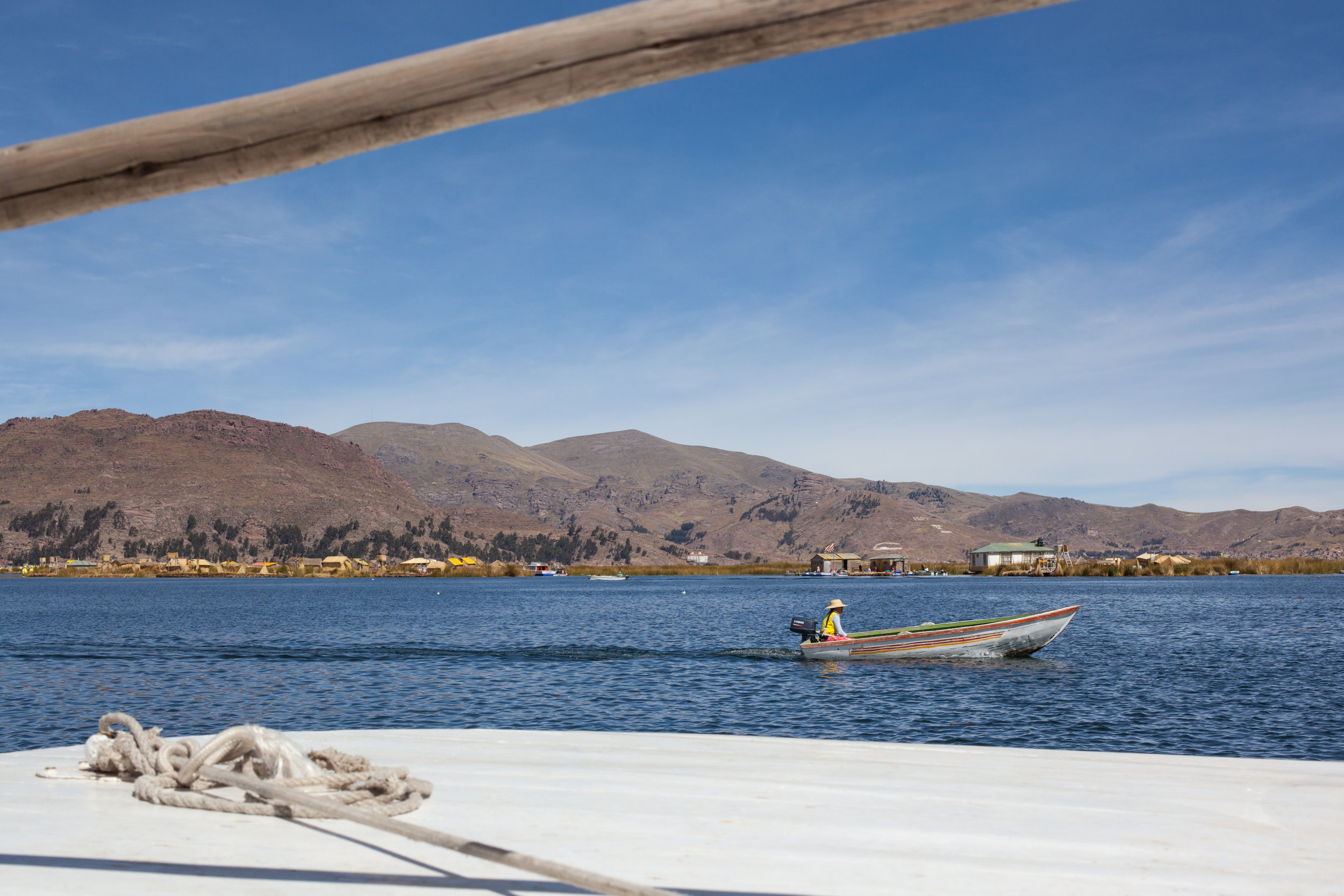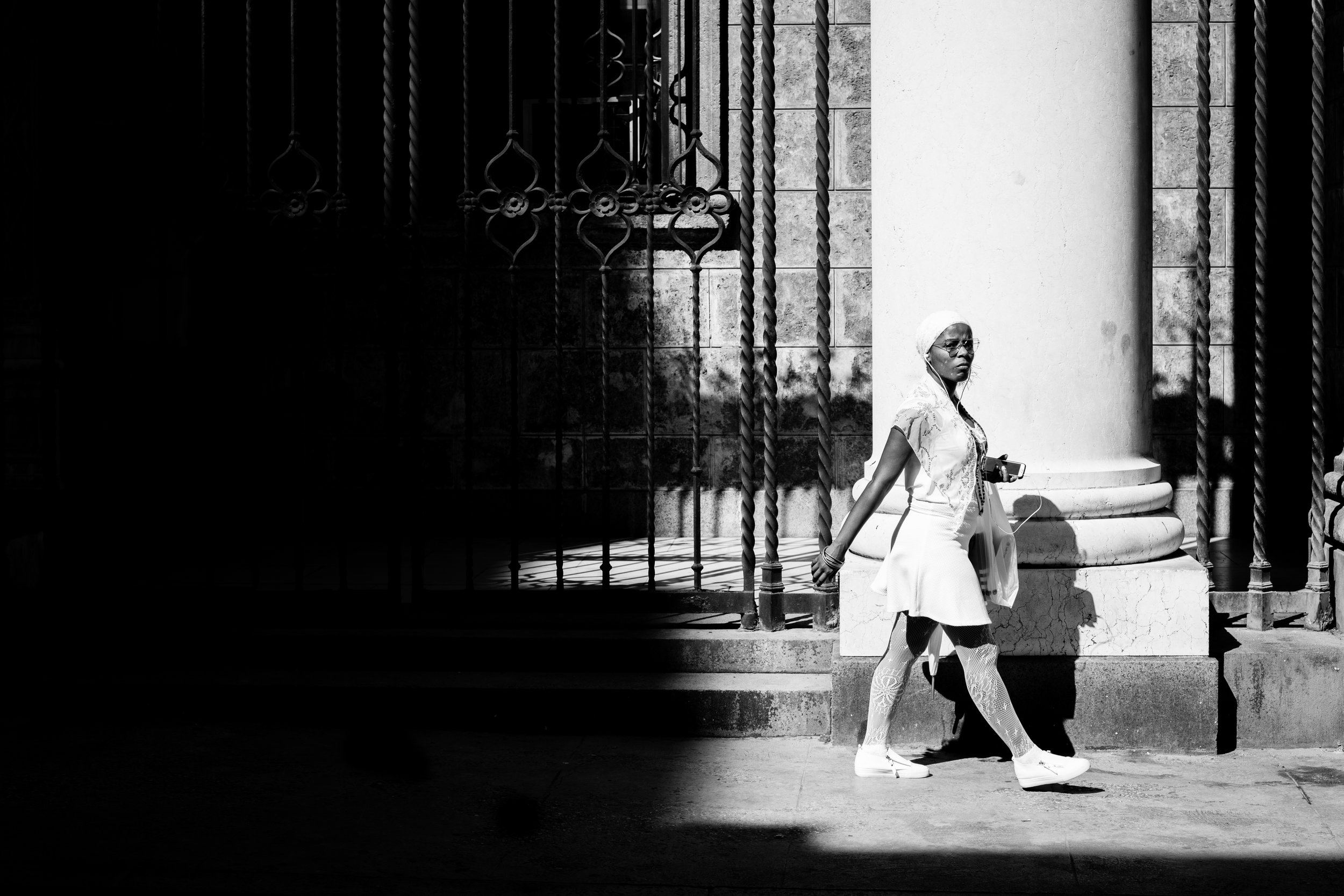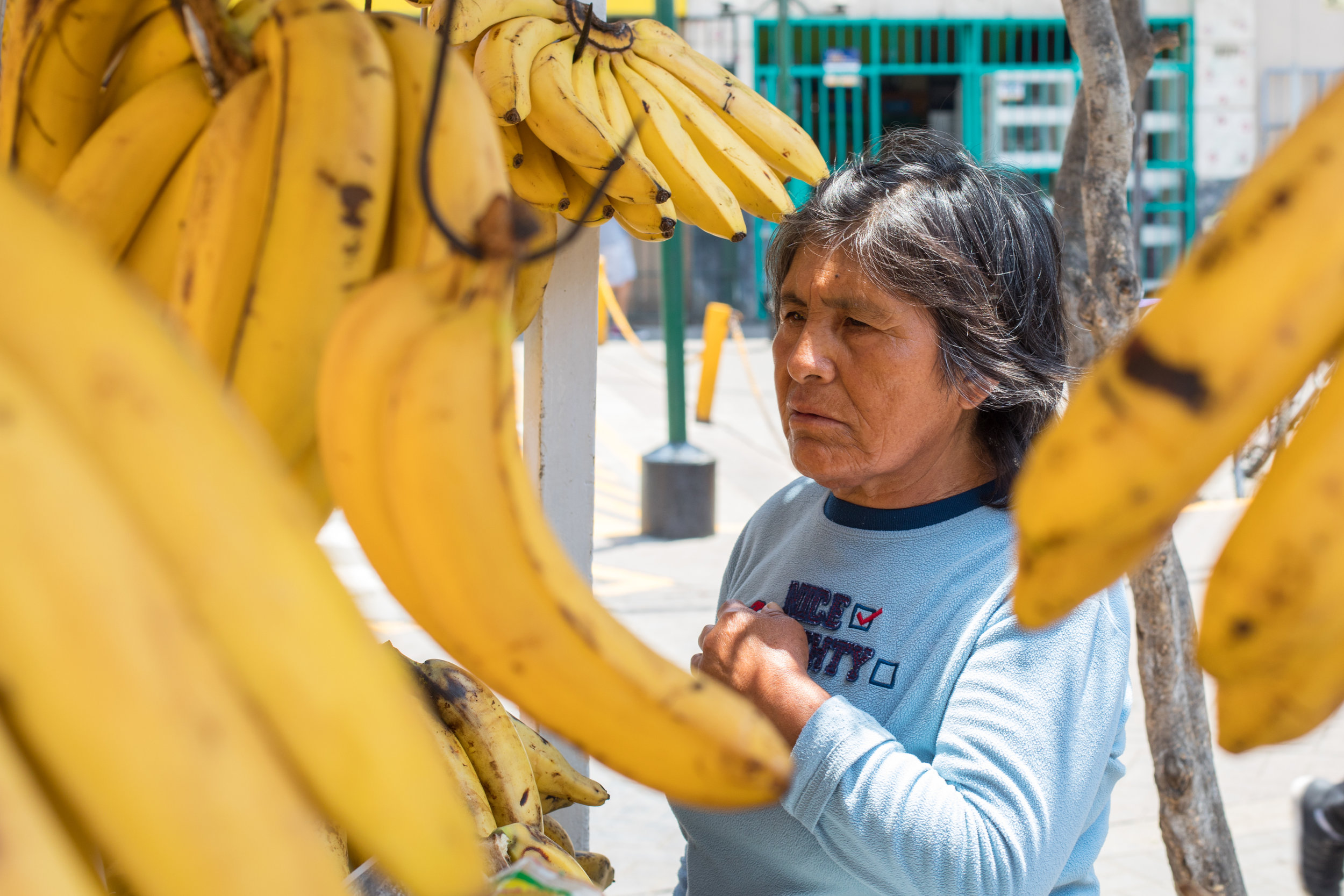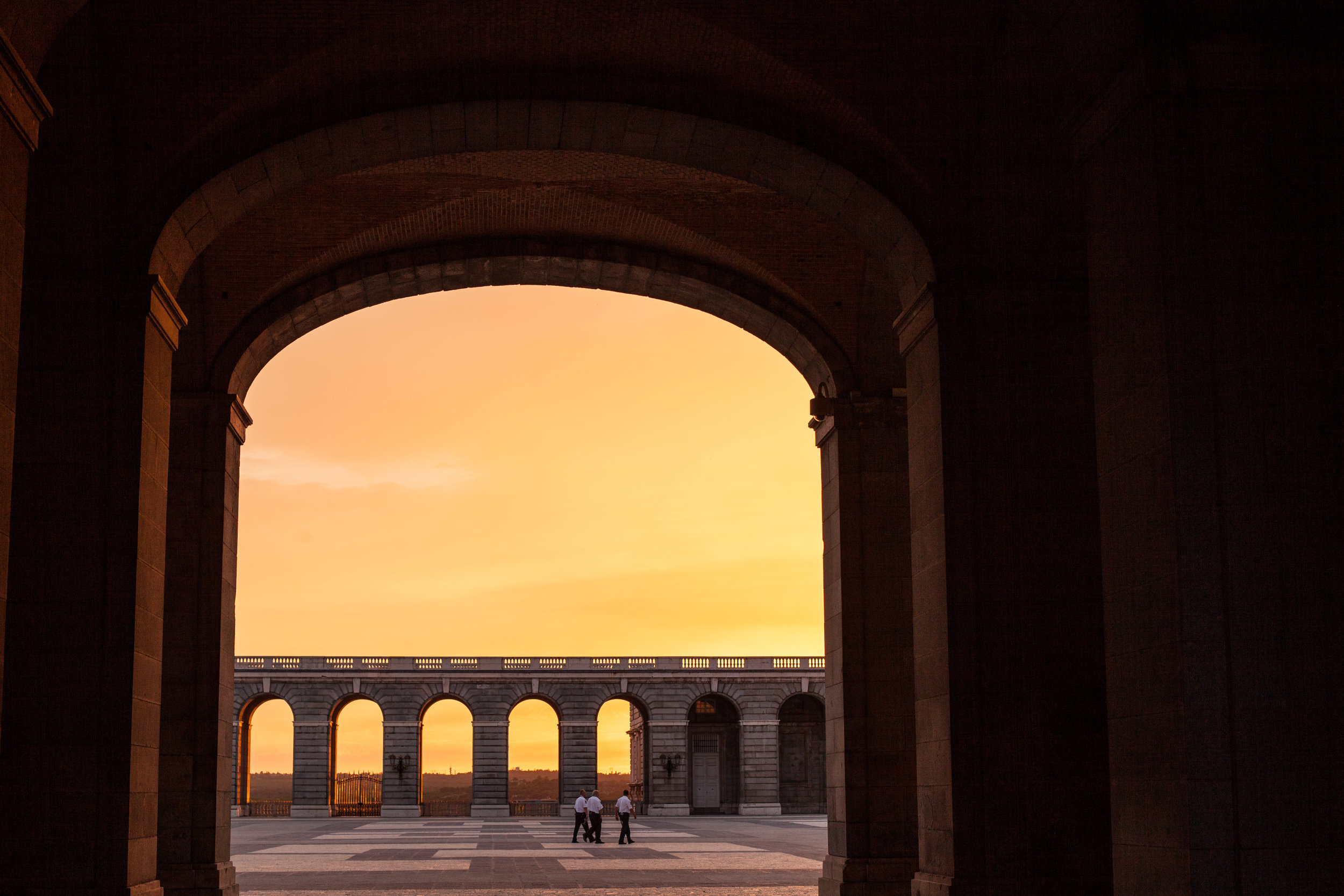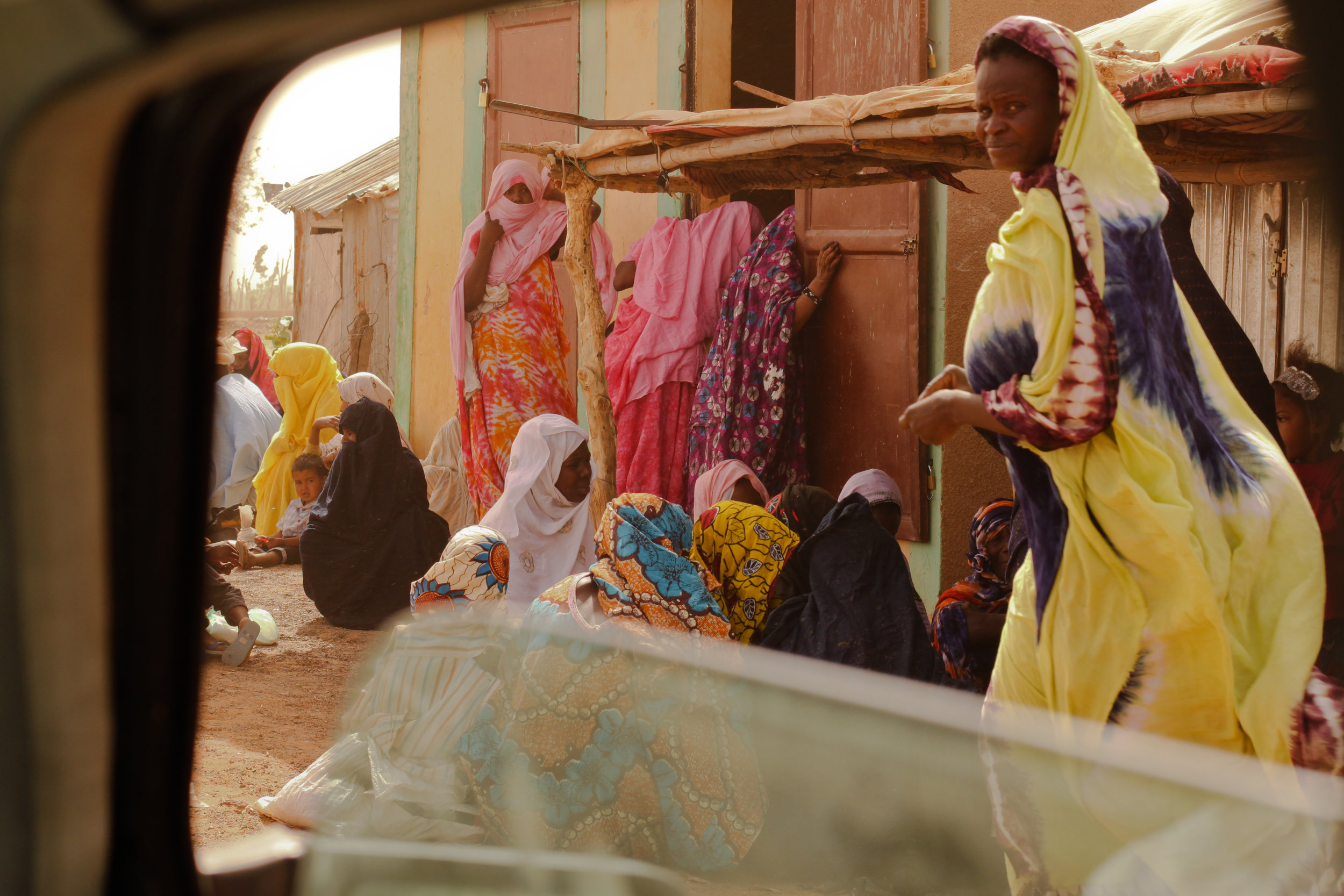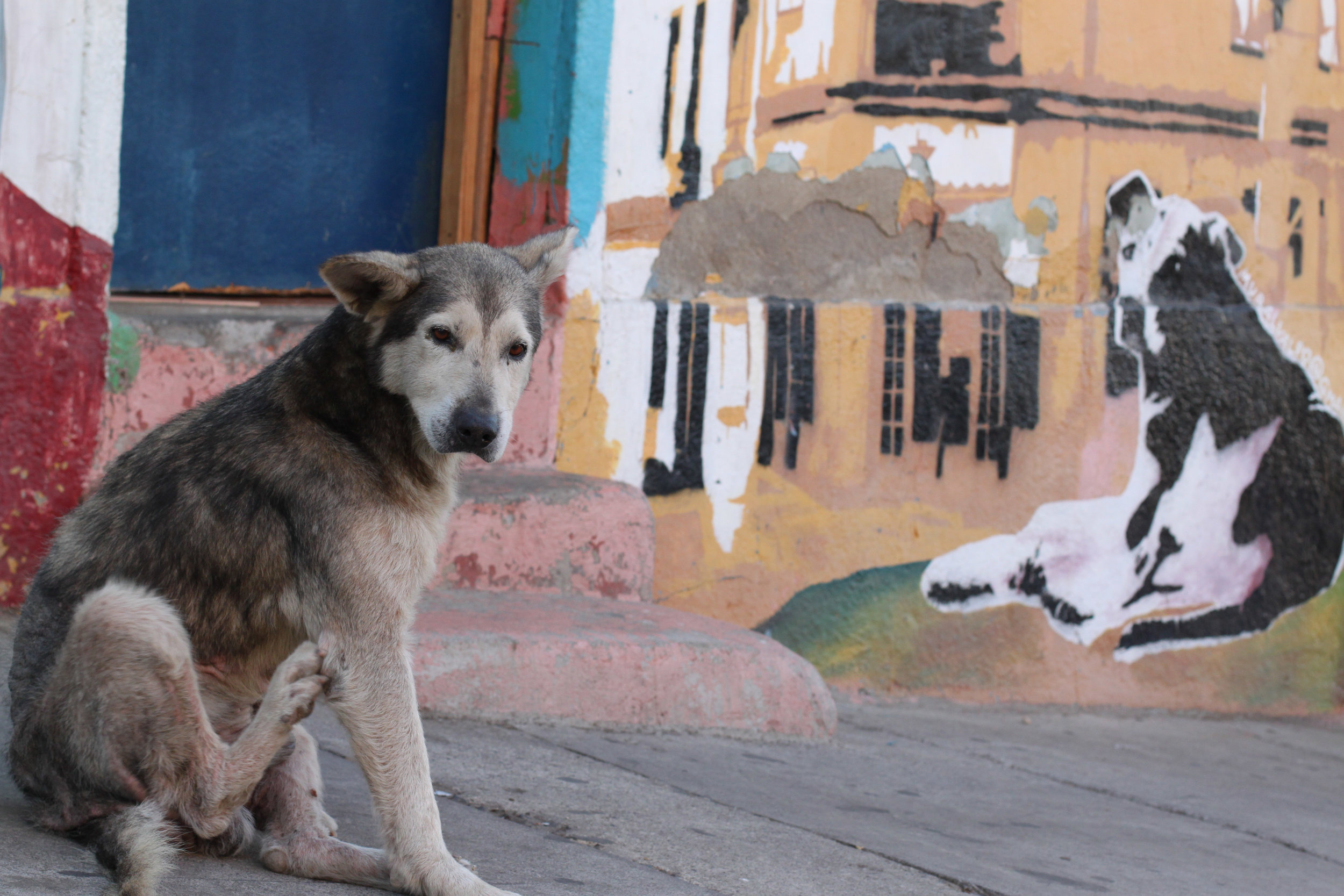¿Qué es un 'Enmarcar un Marco'?
En fotografía 'Enmarcar un Marco' o un 'Marco dentro de un Marco' es cuando el fotógrafo utiliza algún objeto dentro de la misma escena que está presenciando para enmarcar a su sujeto principal. De esta forma, un segundo marco es creado dentro de la imagen: un Marco dentro de un Marco. Esta técnica de composición puede mejorar tu imagen de varias maneras: Primero, lleva la atención hacia el sujeto ayudando a aislarlo de distracciones dentro de la imagen. Segundo, añade profundidad o capas a una imagen que de otra forma podría resultar plana y aburrida. Finalmente, un Marco dentro de un Marco puede crear misterio o intriga llevando al espectador a detenerse a explorar la imagen con más detenimiento.
Puedes hacer clic en la siguiente presentación para ver algunas de mis fotografías de viaje usando el método de composición 'Enmarcar un Marco':
¿Por qué deberías Enmarcar un Marco?
La composición es uno de los aspectos más importantes en fotografía. Una correcta composición puede transformar una escena ordinaria en una gran imagen. A diferencia de ciertos elementos fotográficos como la iluminación, no se requiere ningún conocimiento técnico para lograr una composición exitosa. Al final, cualquiera puede crear imágenes usando esta técnica. No importa el precio, marca o modelo, cualquiera con una cámara o un teléfono móvil puede salir e intentarlo hoy mismo.
Oportunidades para Enmarcar
Las oportunidades de usar marcos son infinitas, pero muy a menudo pasan desapercibidas. Por ejemplo, la naturaleza nos provee un vasto número de marcos naturales, tales como arboles, nubes o flores. Adicionalmente existen muchos objetos creados por el hombre que también pueden ser utilizados. Entre estos podemos incluir: ventanas, arcos, puentes, edificios, etcétera. Entre más fotografías de este tipo tomes, más potencial descubrirás en las situaciones cotidianas.
En la presentación de arriba se incluyen como ejemplos de Enmarcado: arte moderno en Habana, enmarcado natural en Lima, enmarcado frontal del Taj Mahal en India, la icónica Sagrada Familia vista desde los arbustos, la vista de Budapest y el arco de un palacio en Madrid.
Los fotógrafos de bodas, viajes o fotografía callejera regularmente utilizan el método de composición Enmarcar un Marco.
Puedes encontrar más de mis fotografías de viaje en mi página web, Instagram, Página de Facebook, y mi cuenta de Flickr. Si estás interesado en comprar alguna de mis fotos impresas o en alguna colaboración, envía un email a: geraintrowlandphotography@gmail.com.
